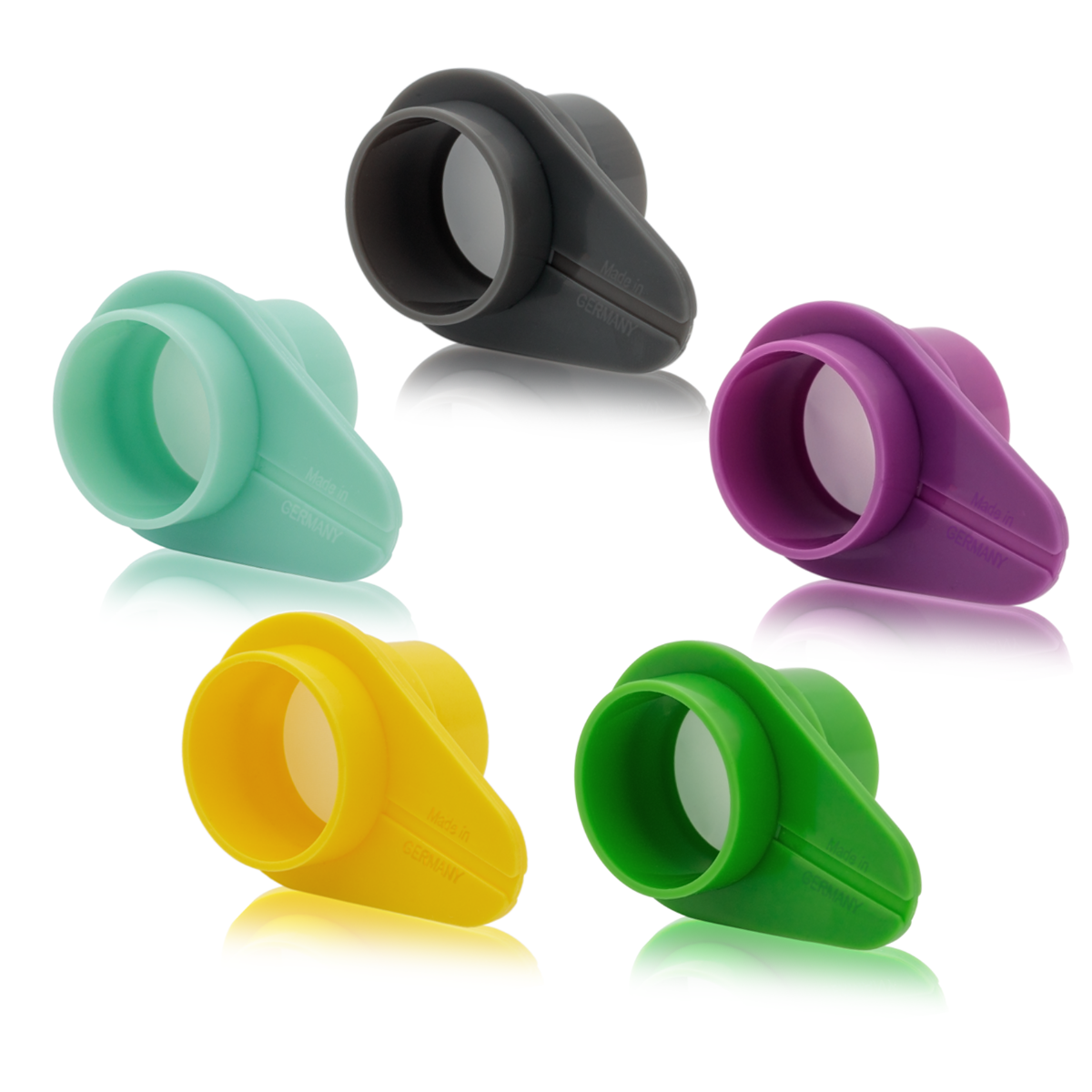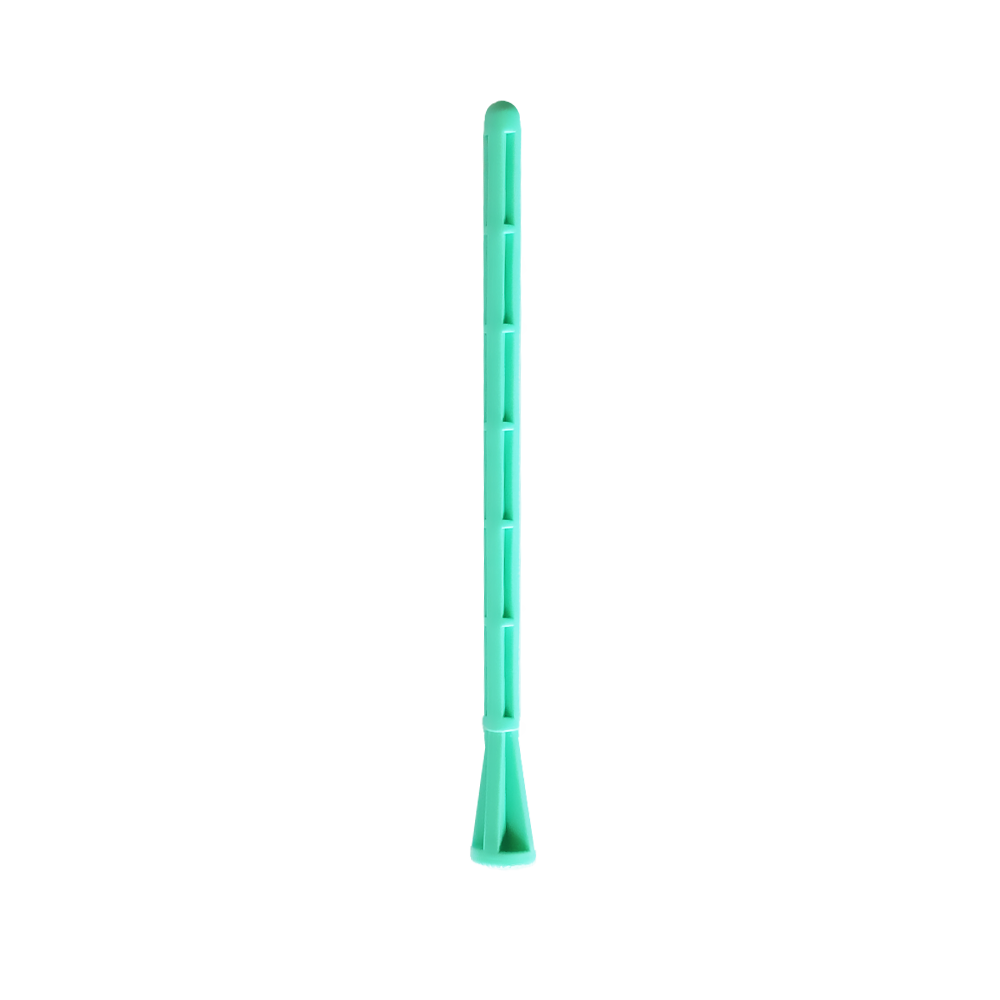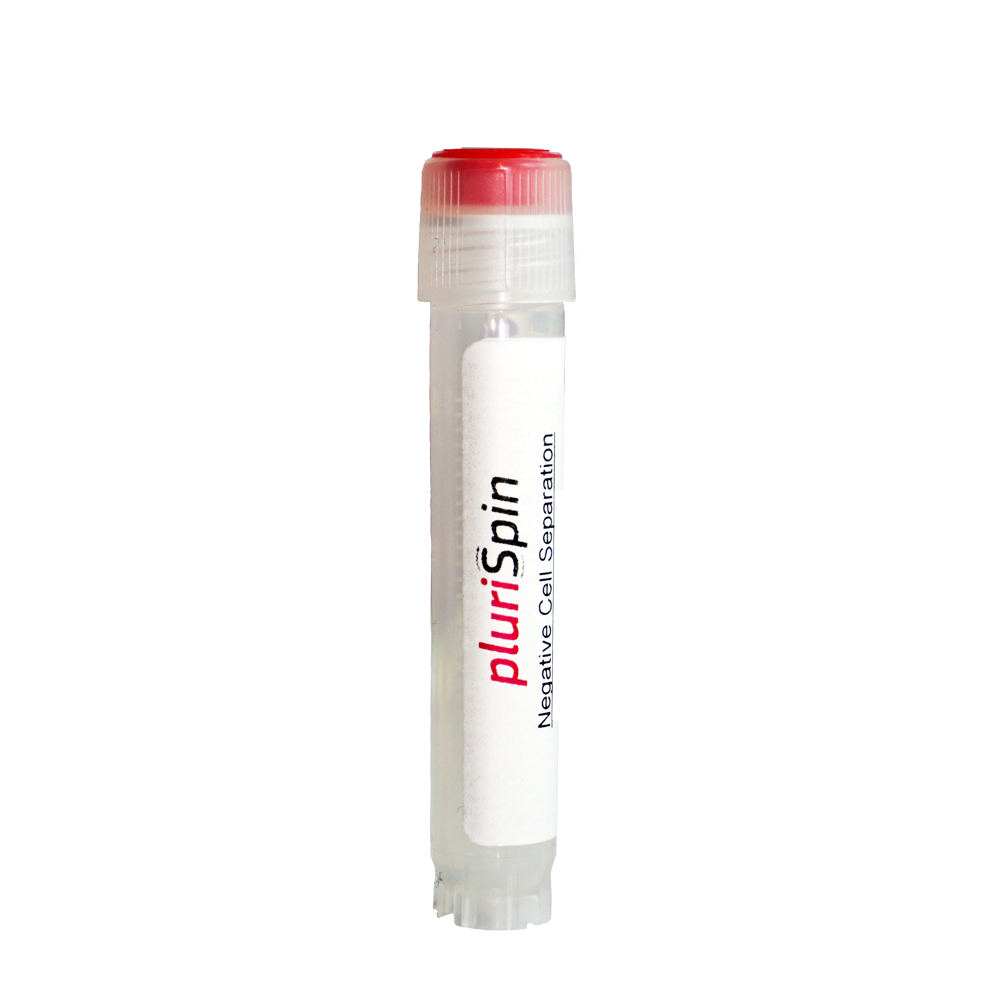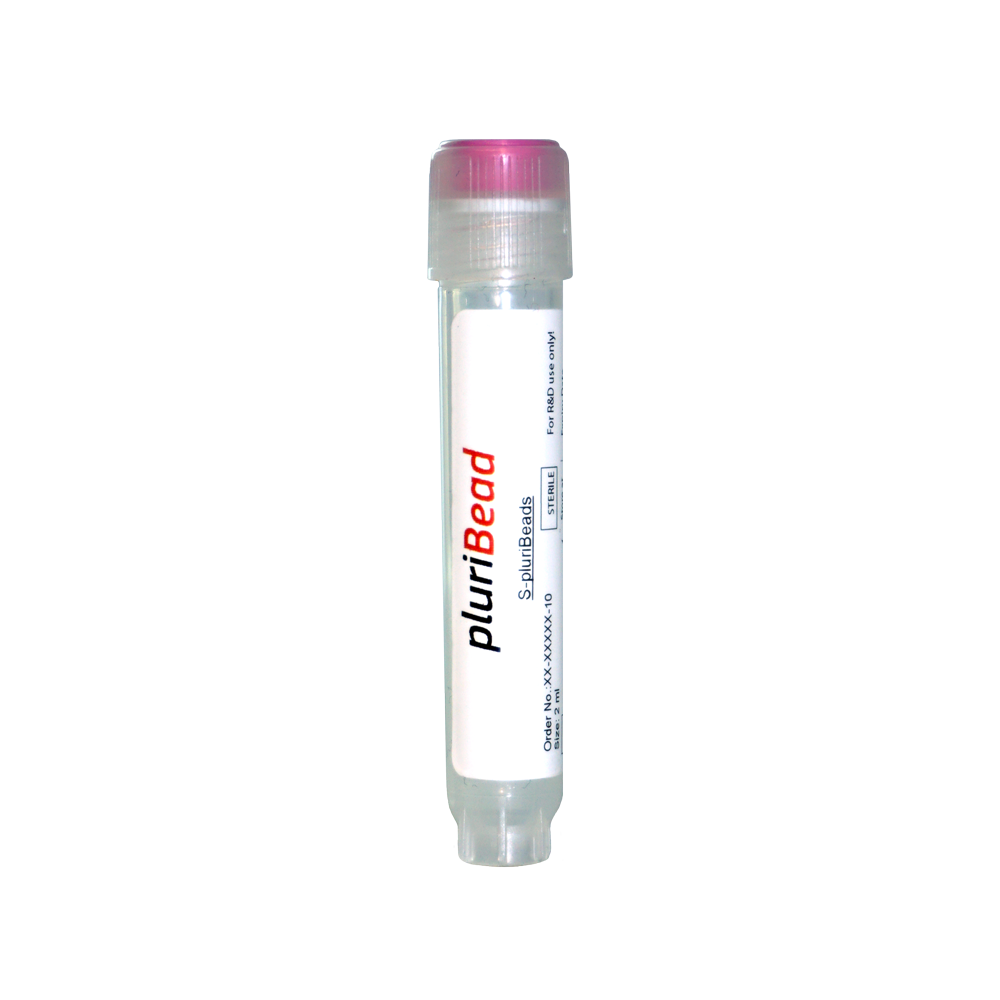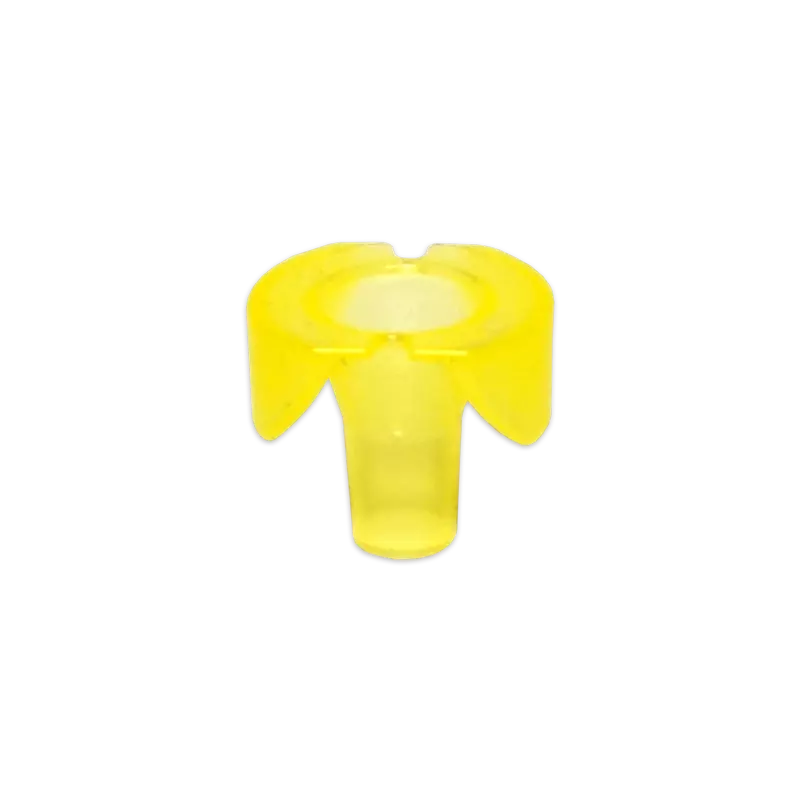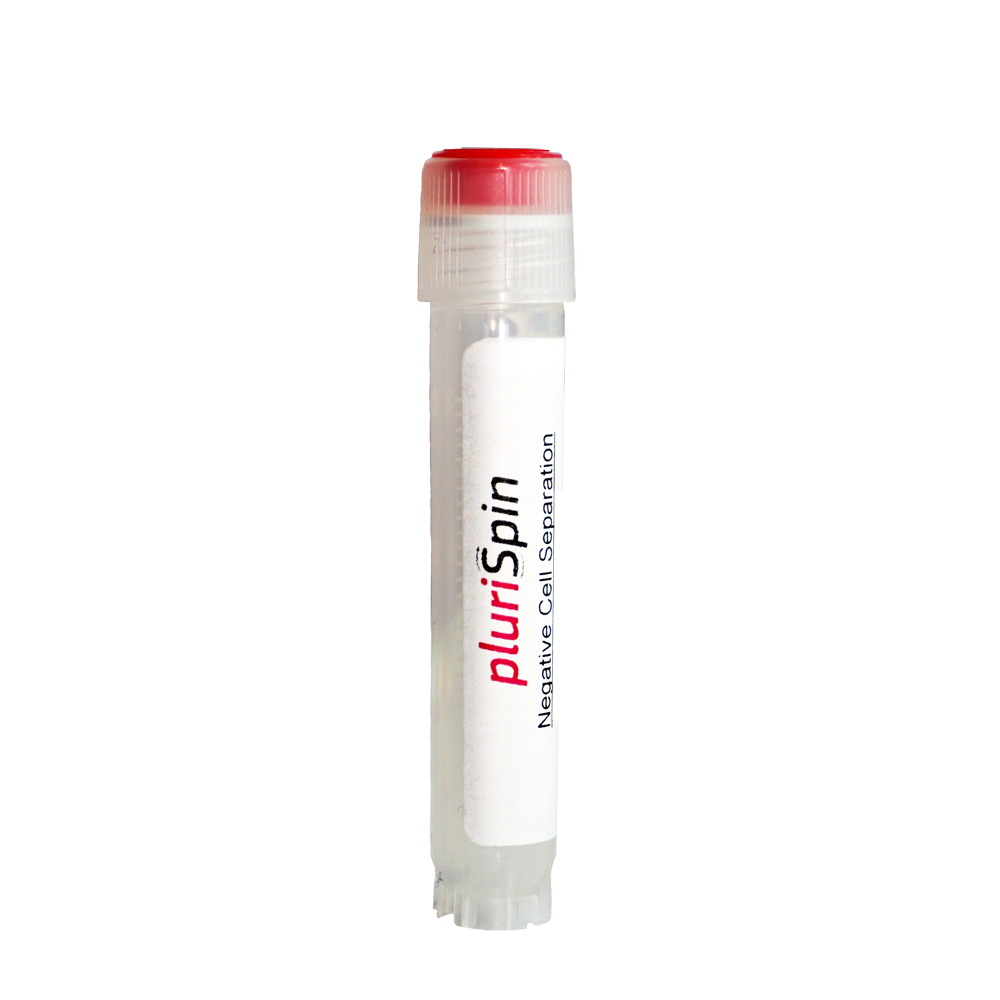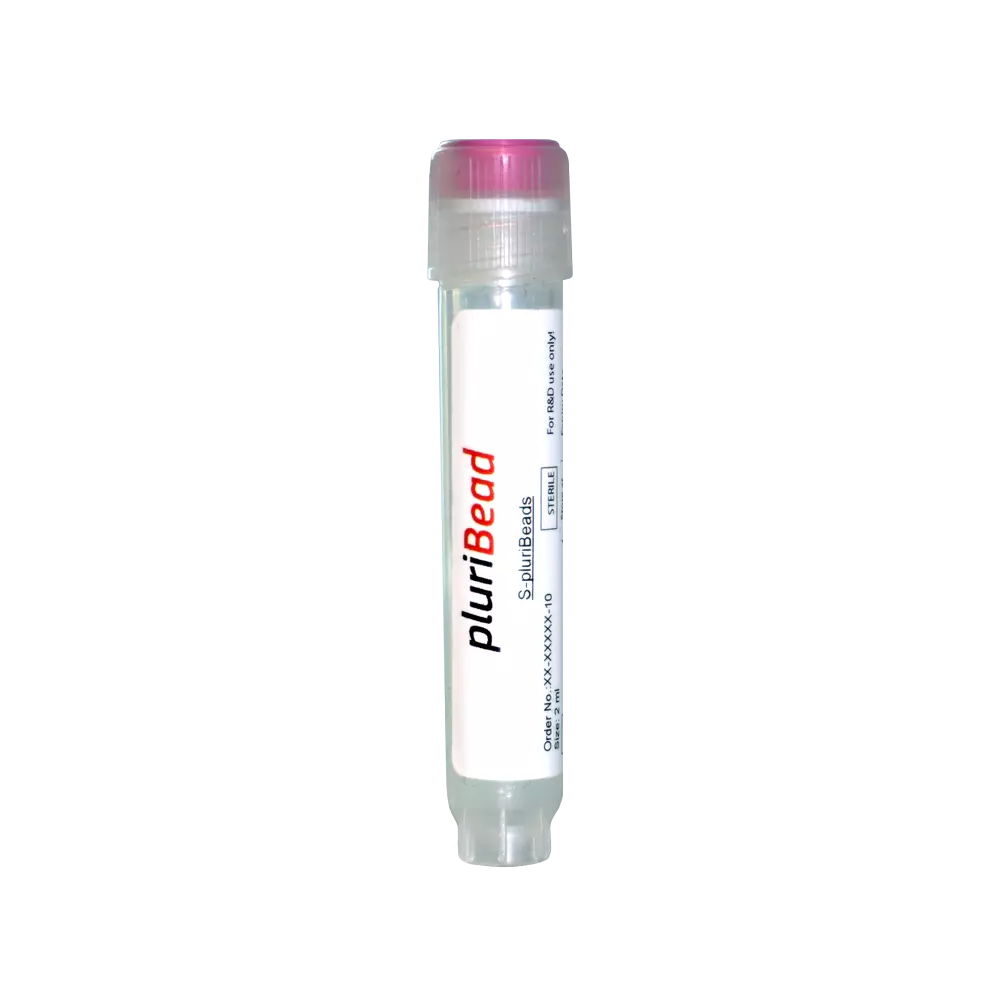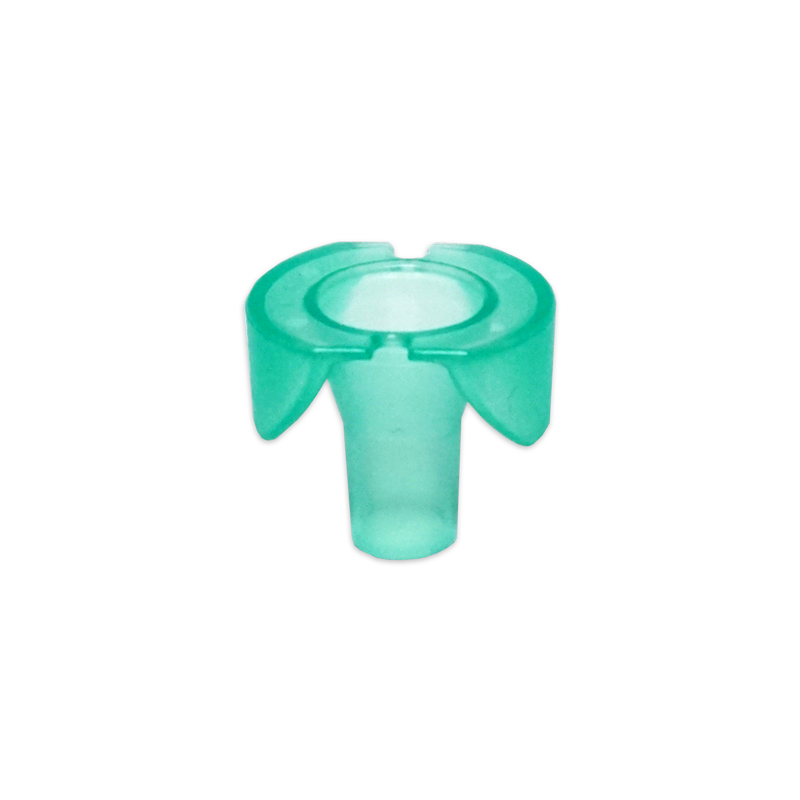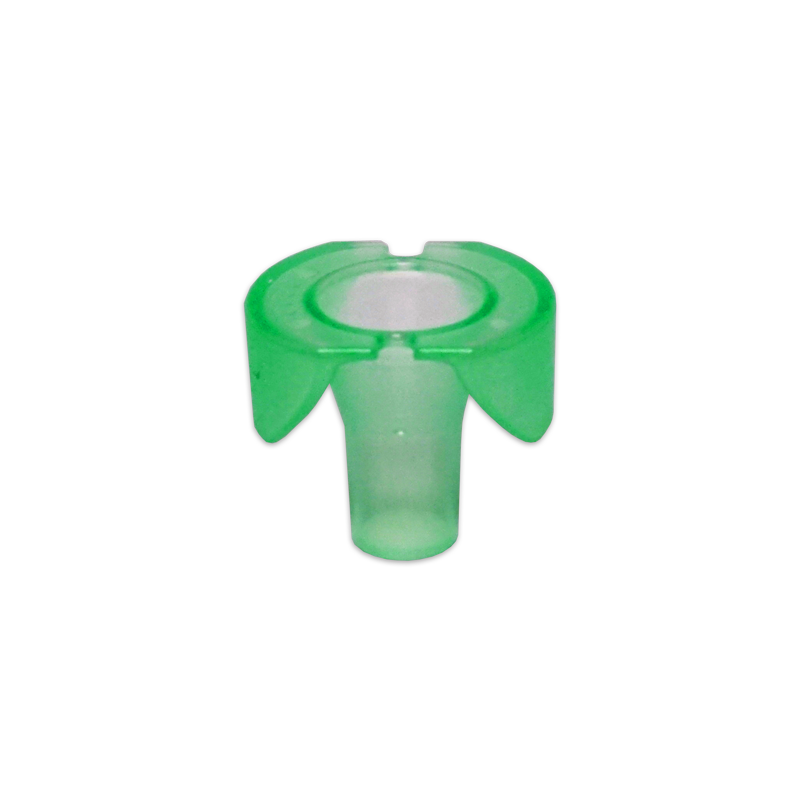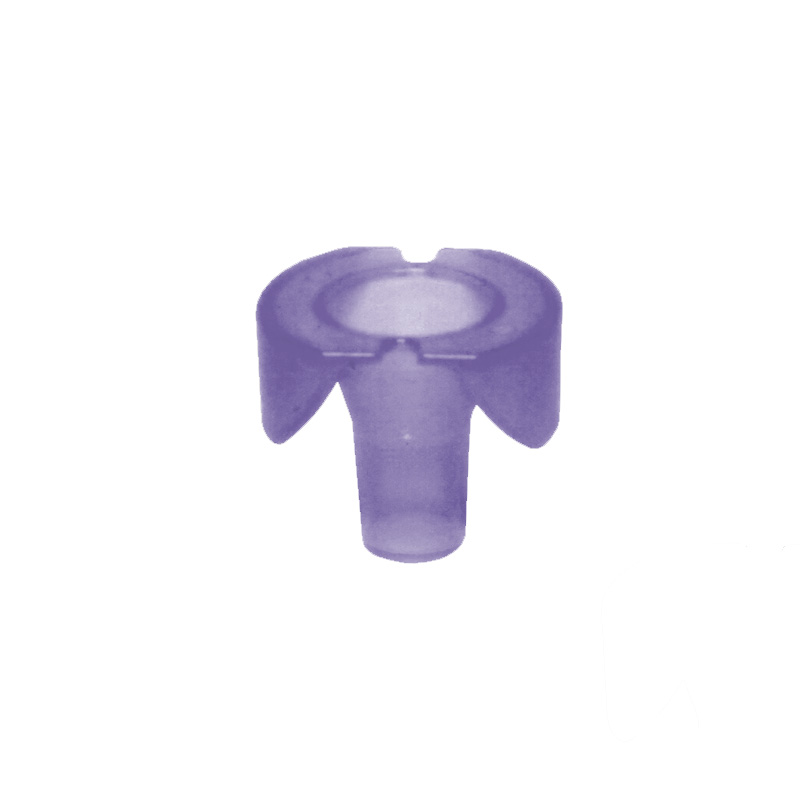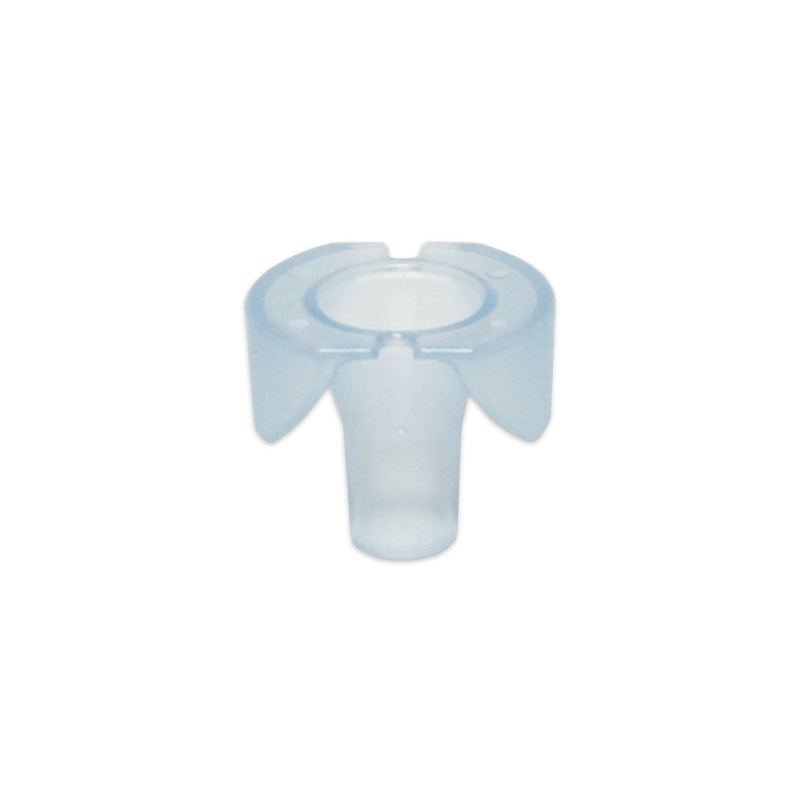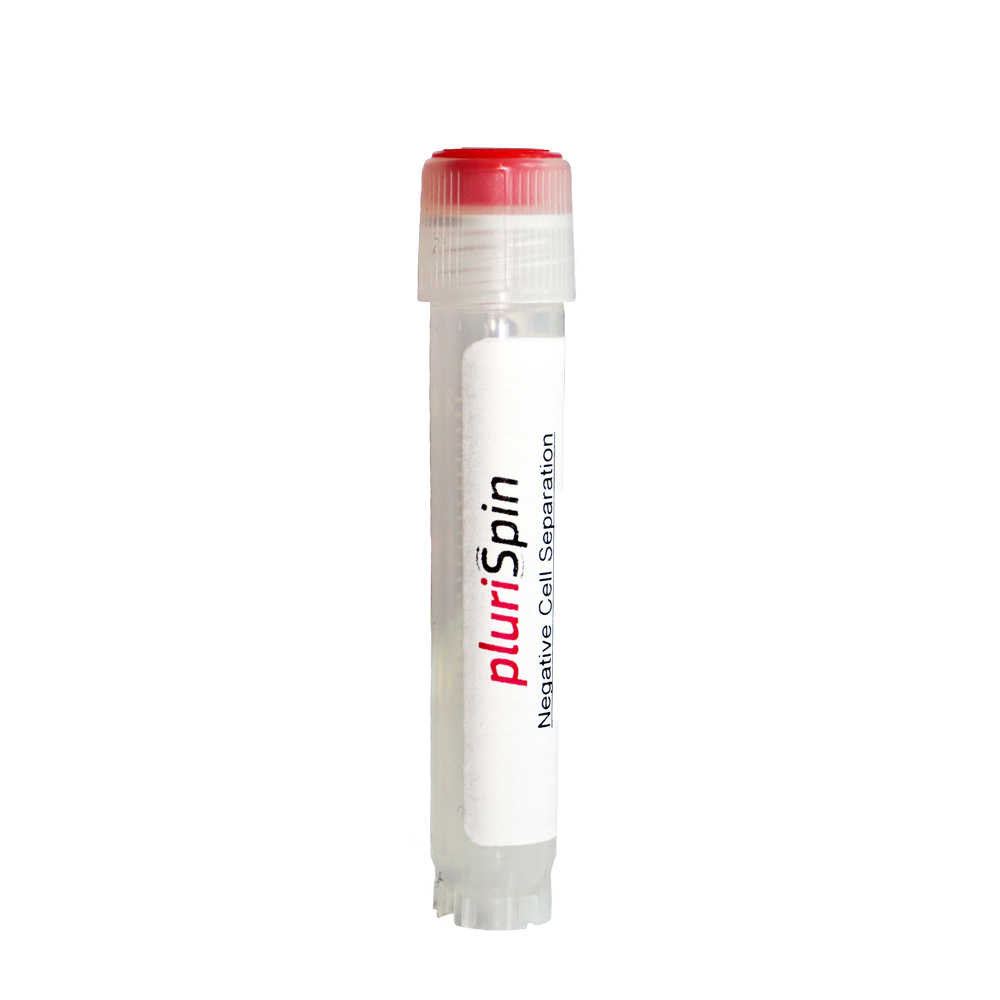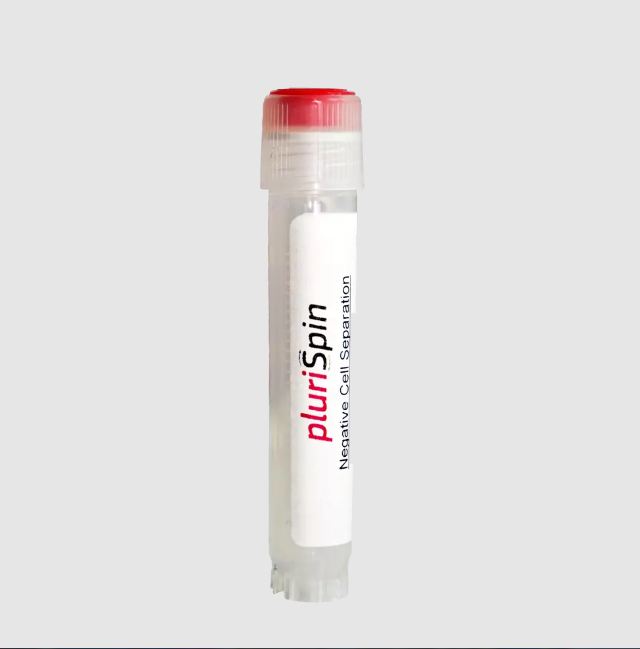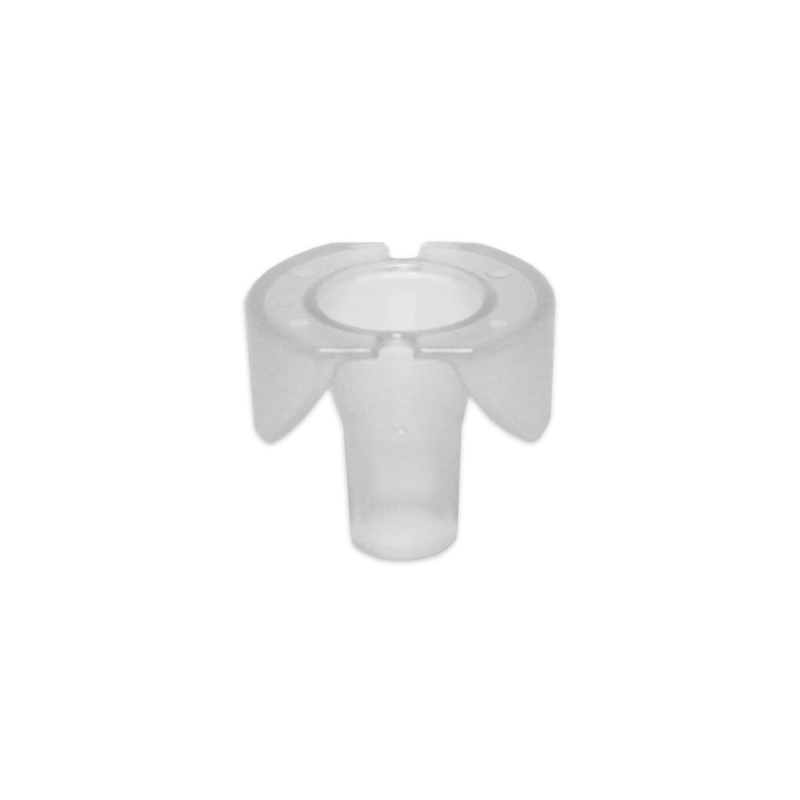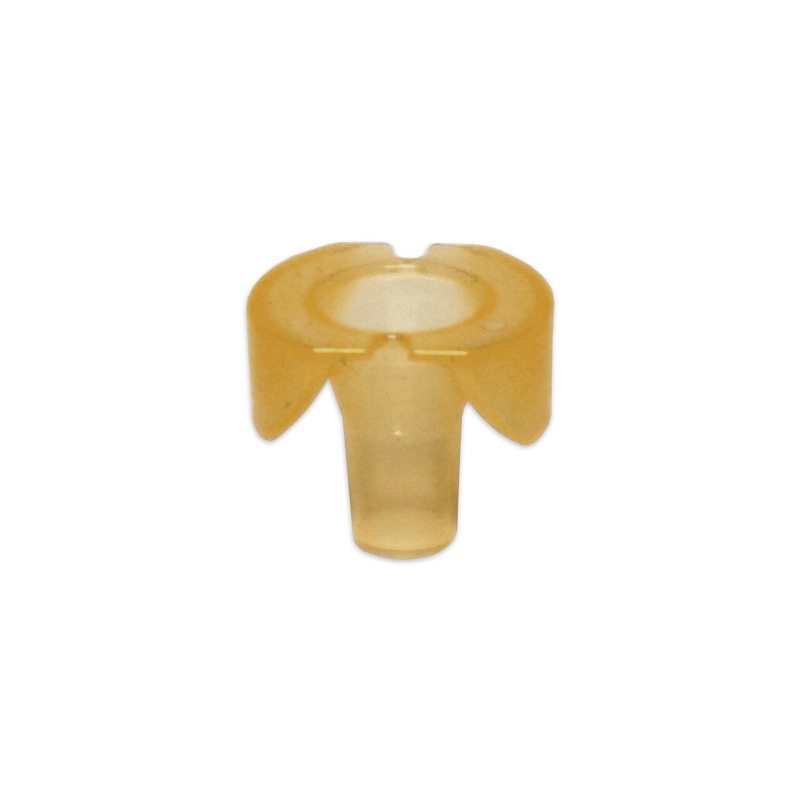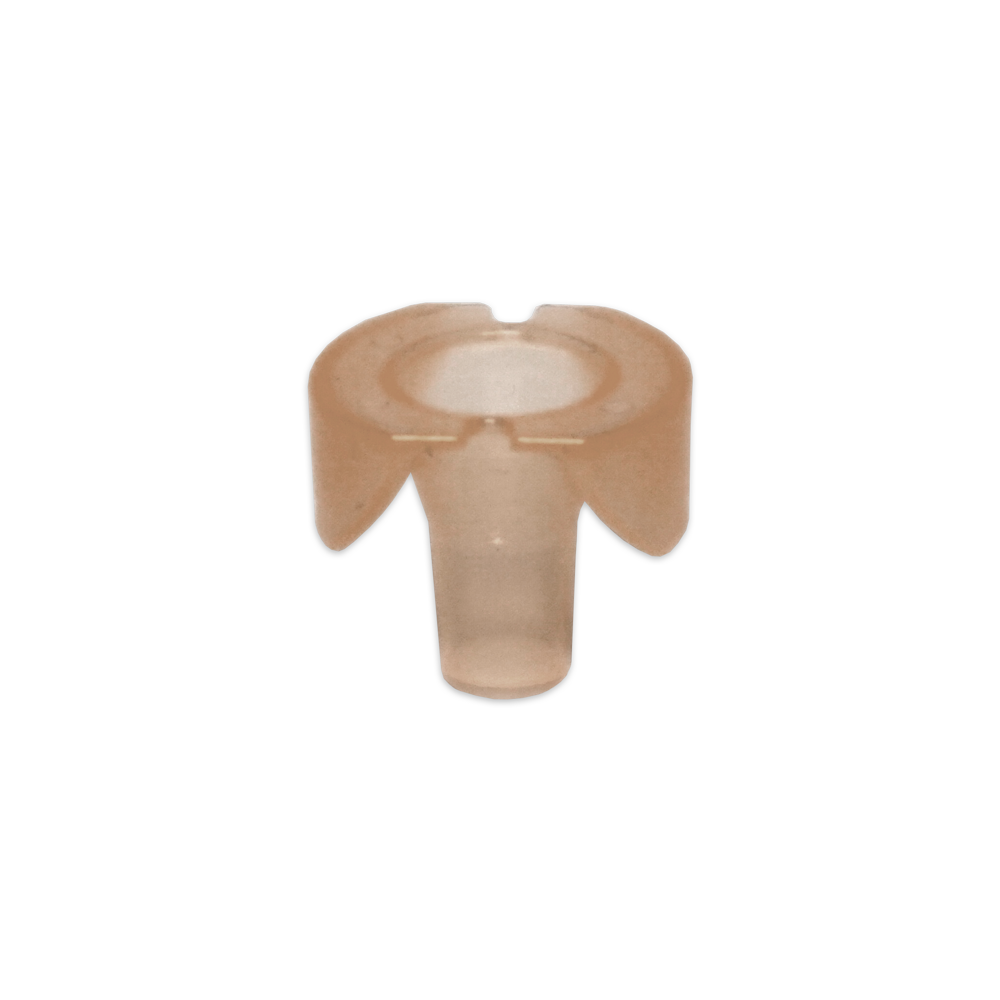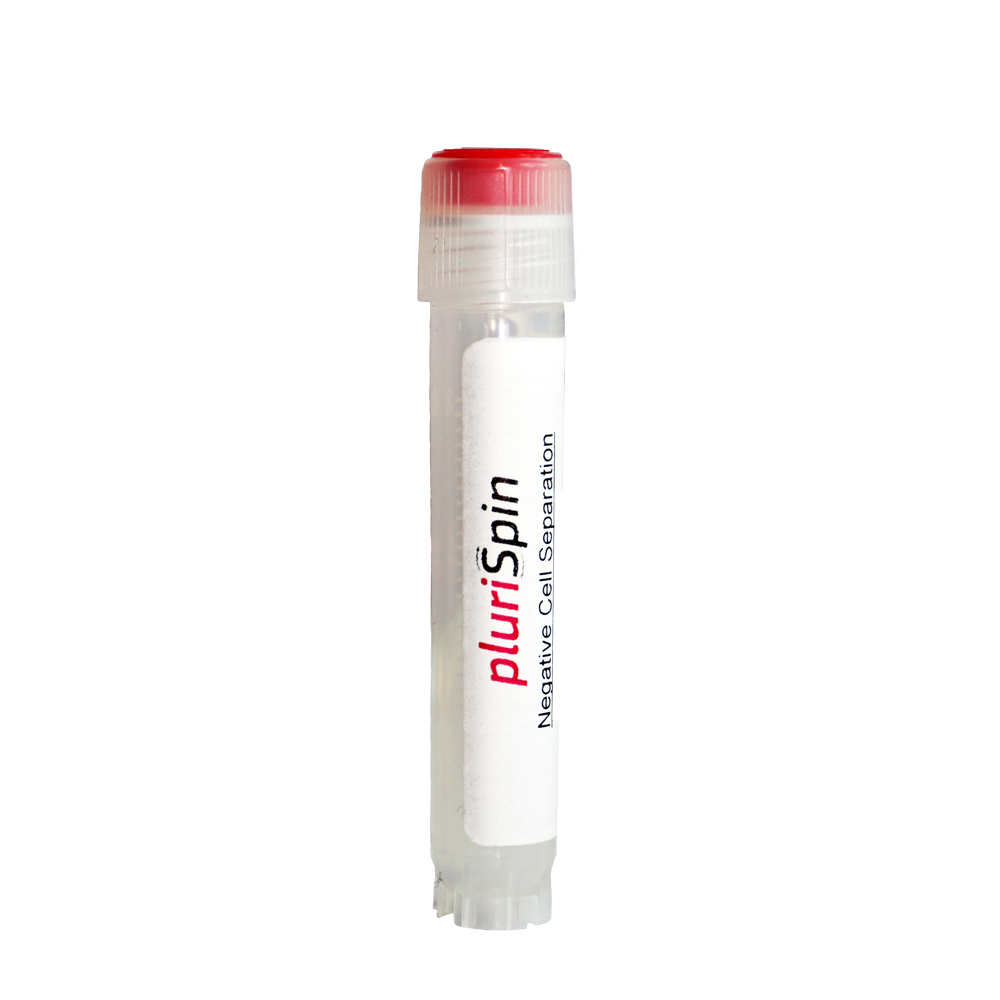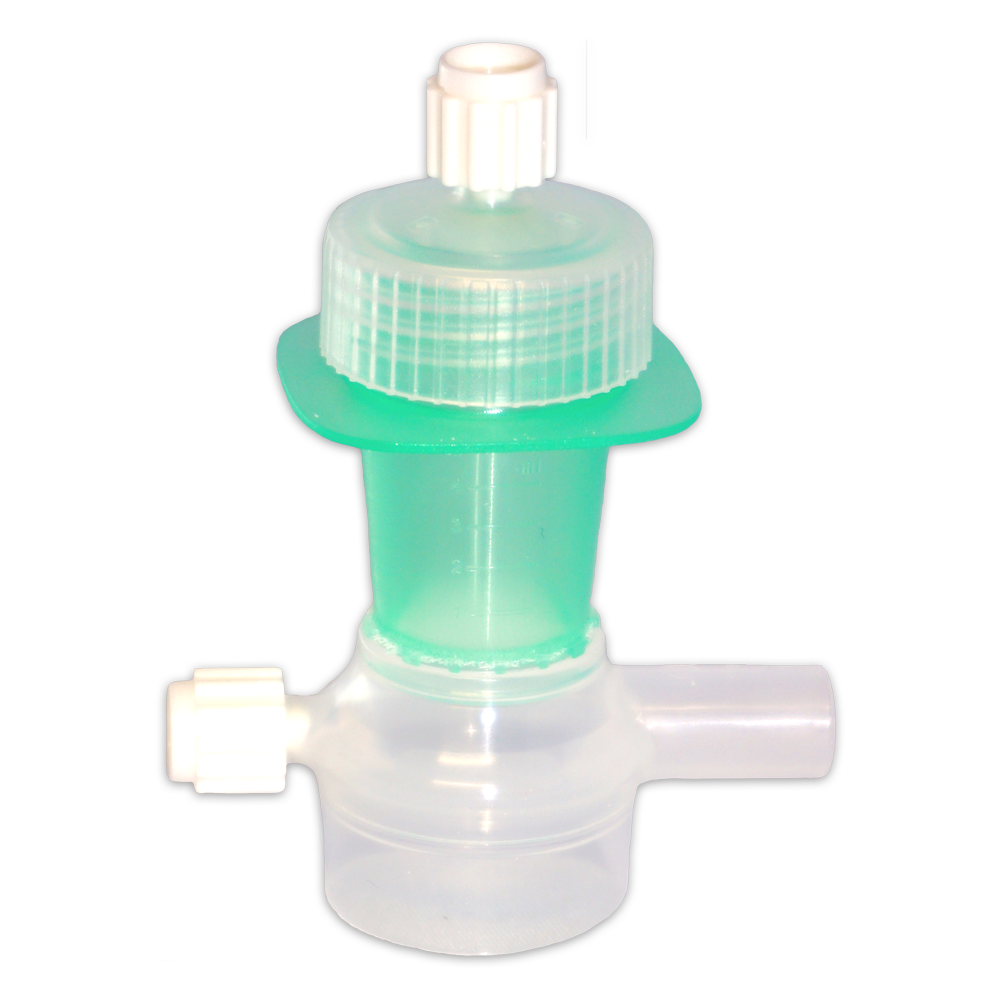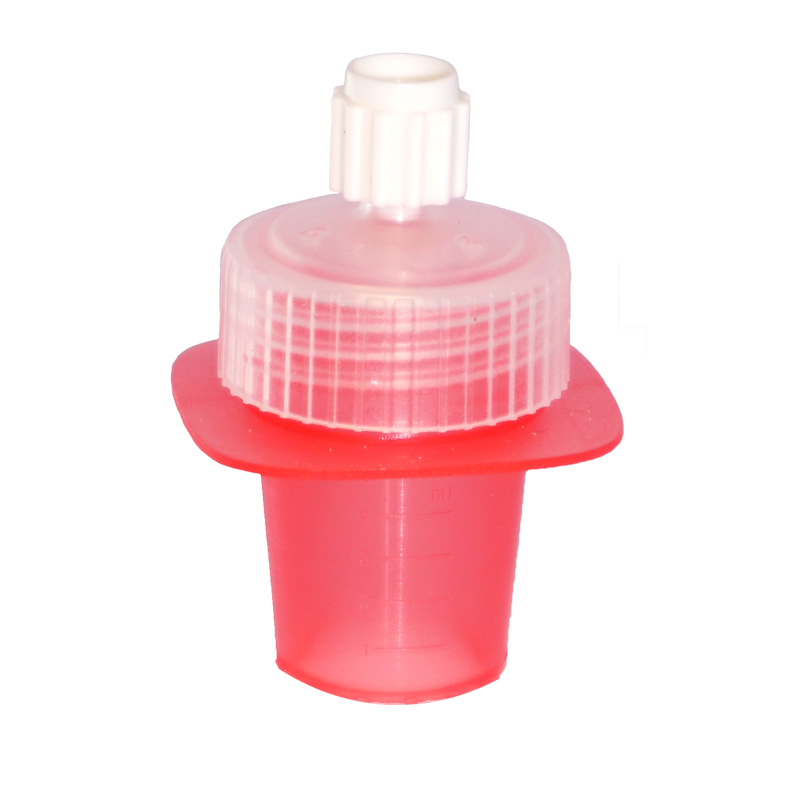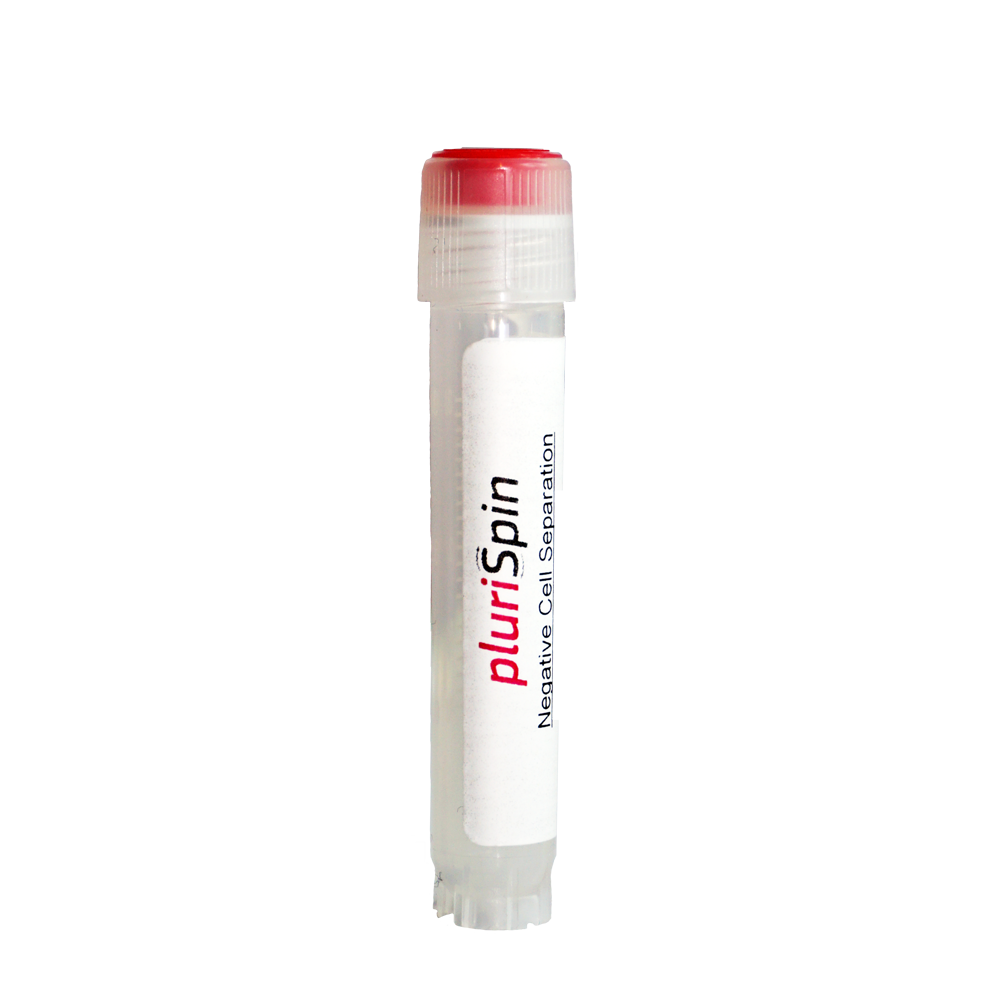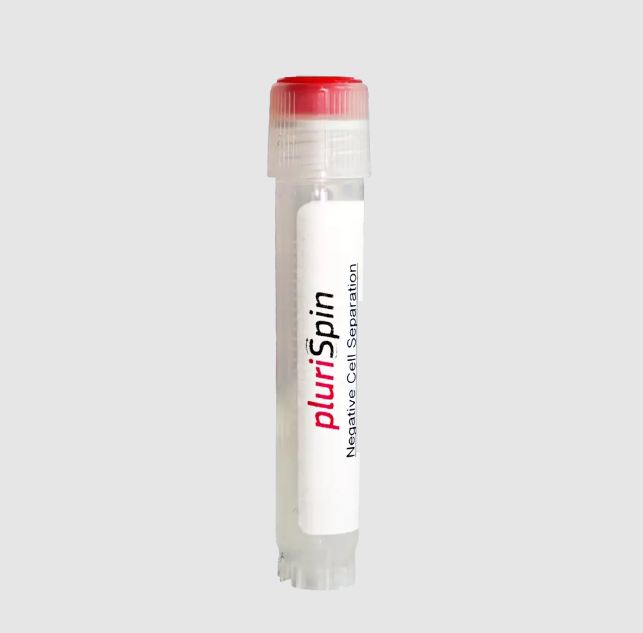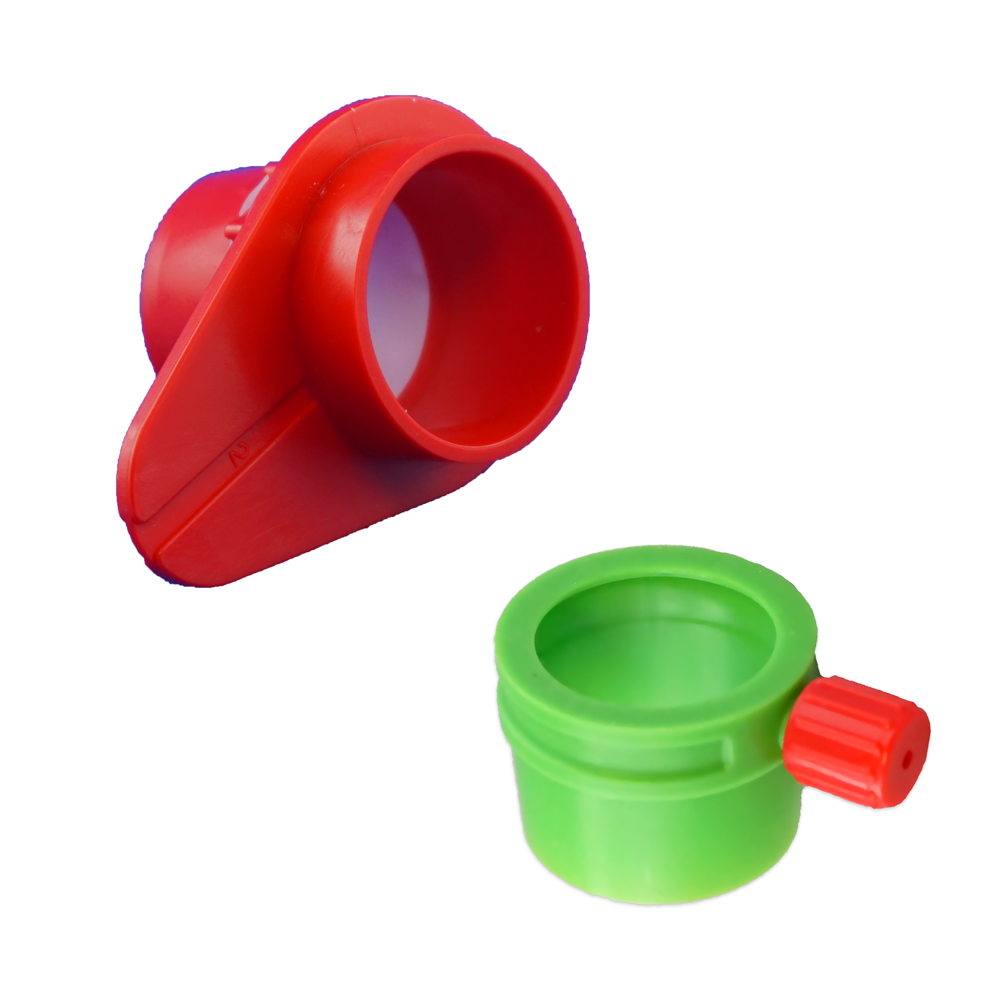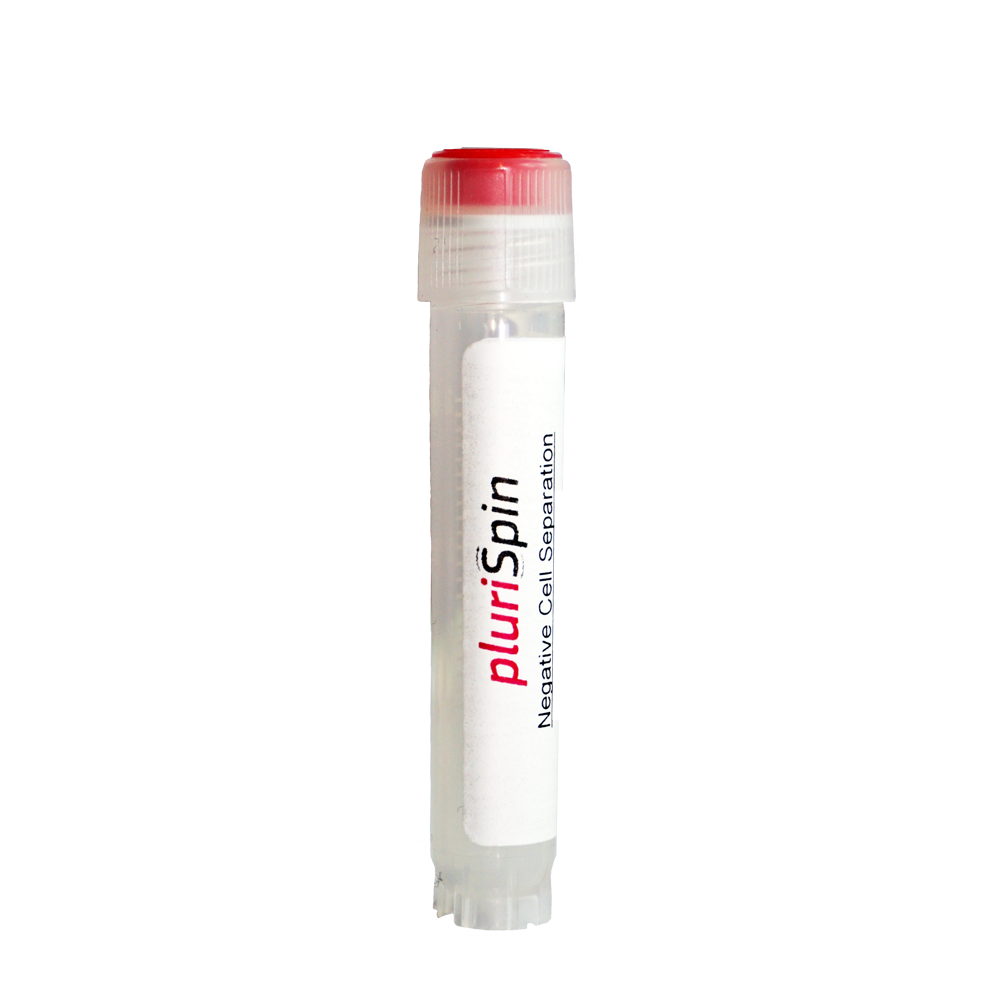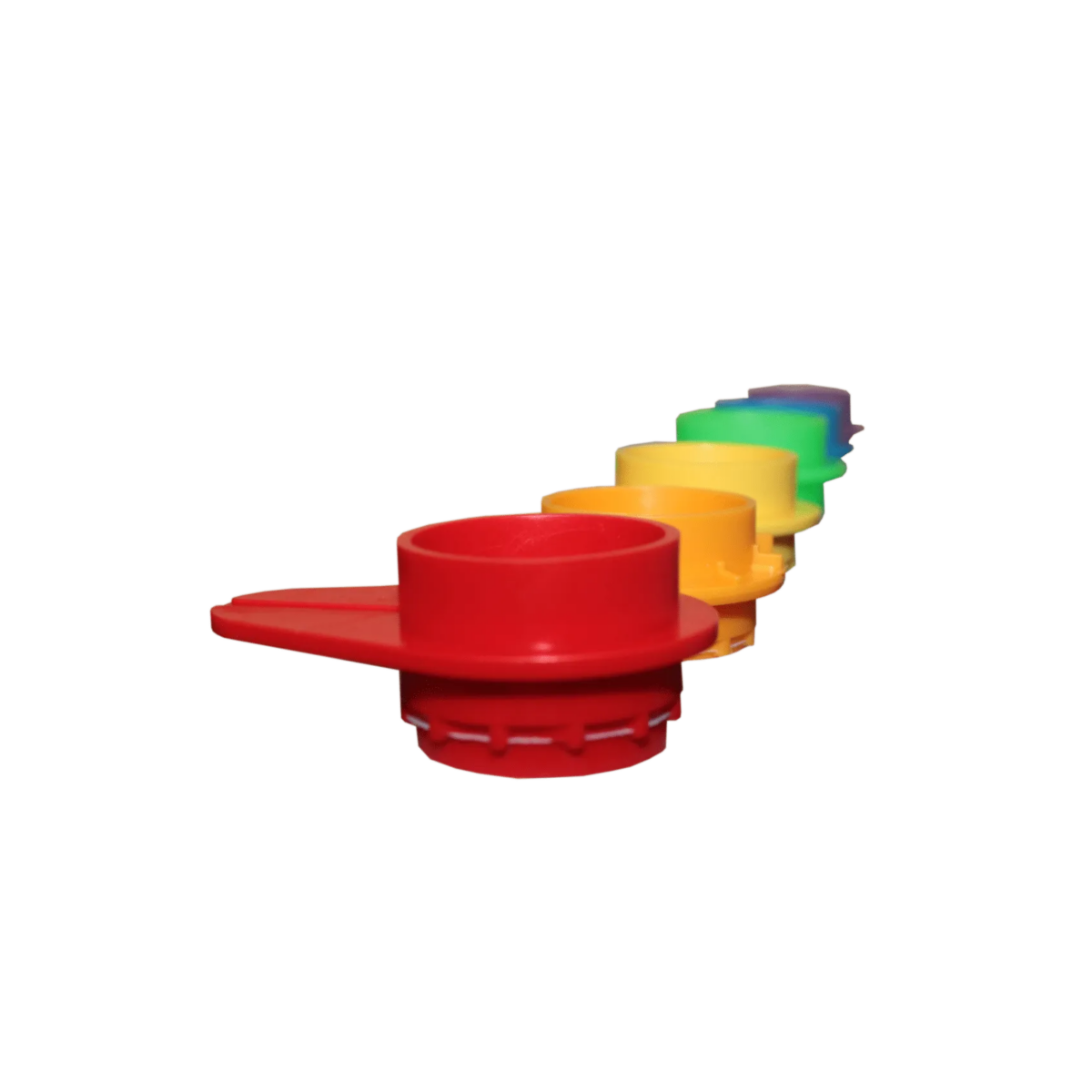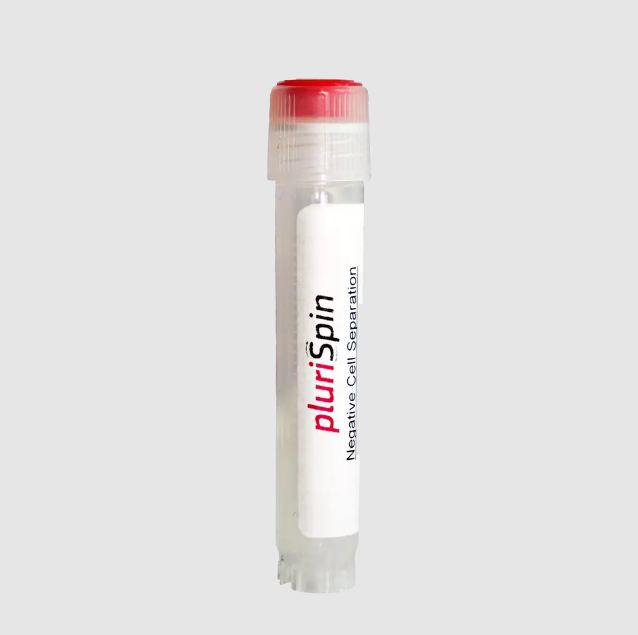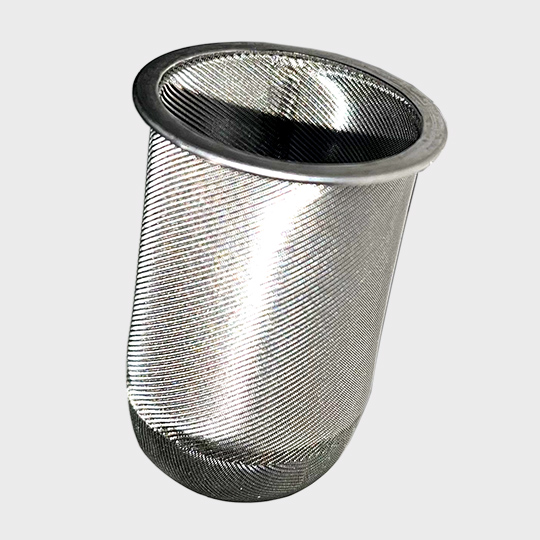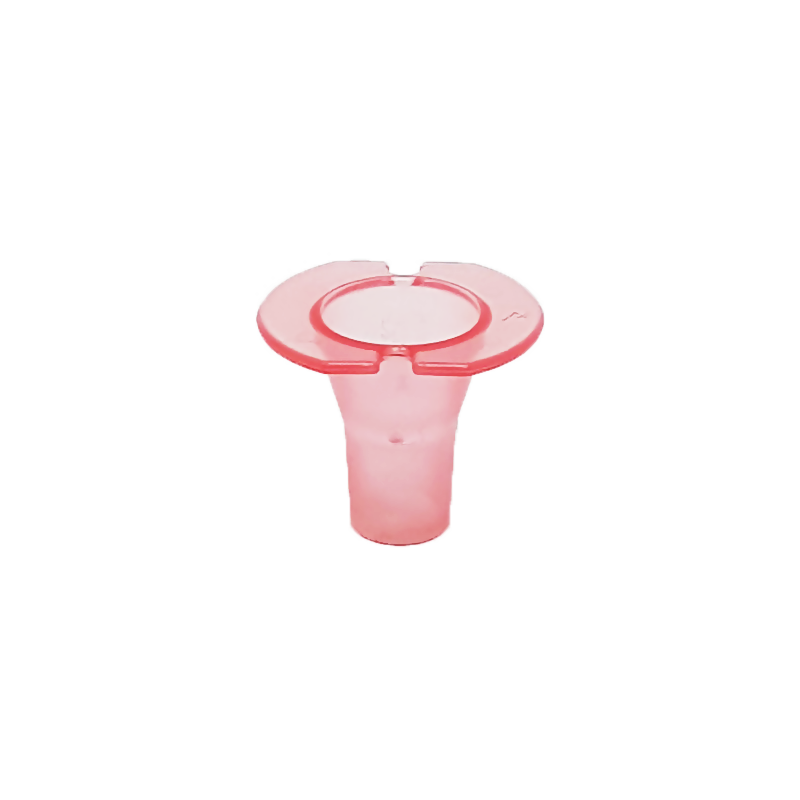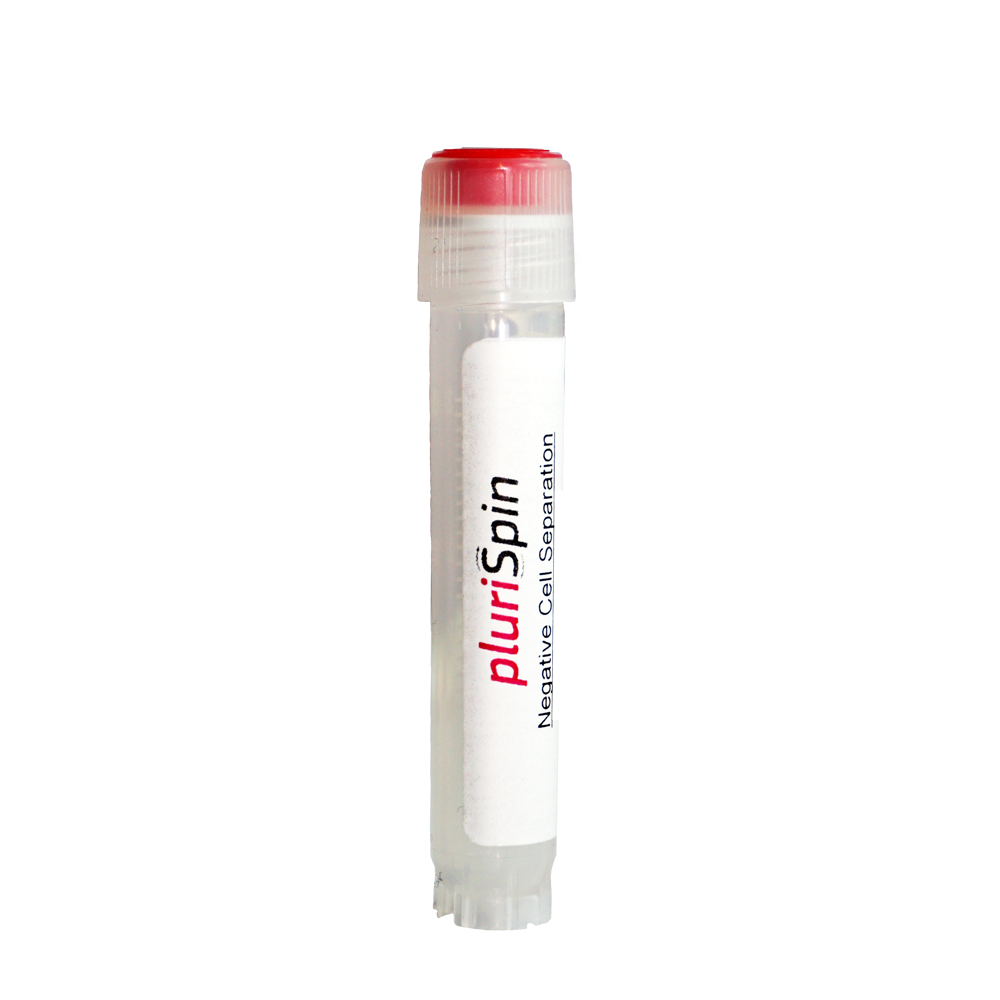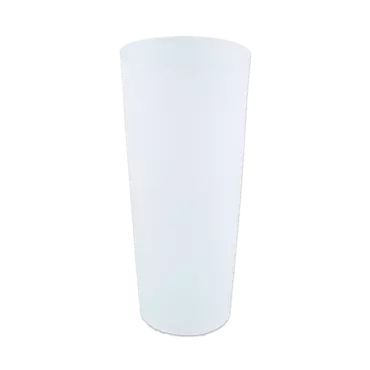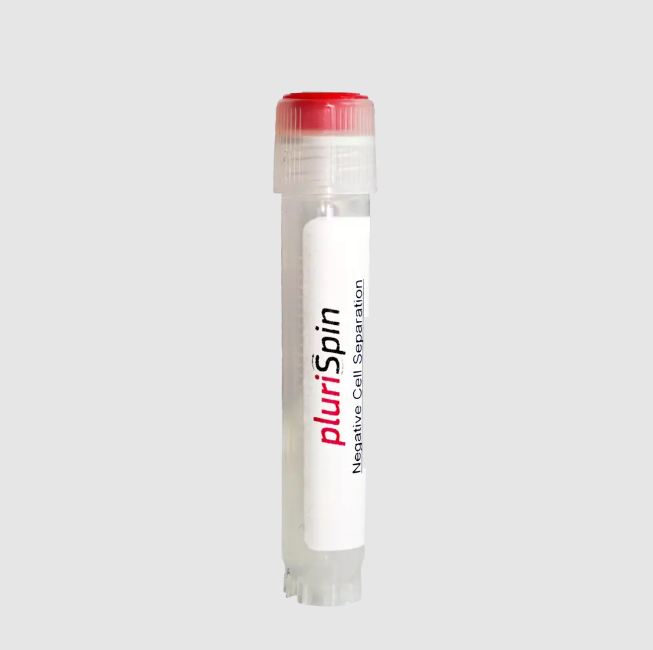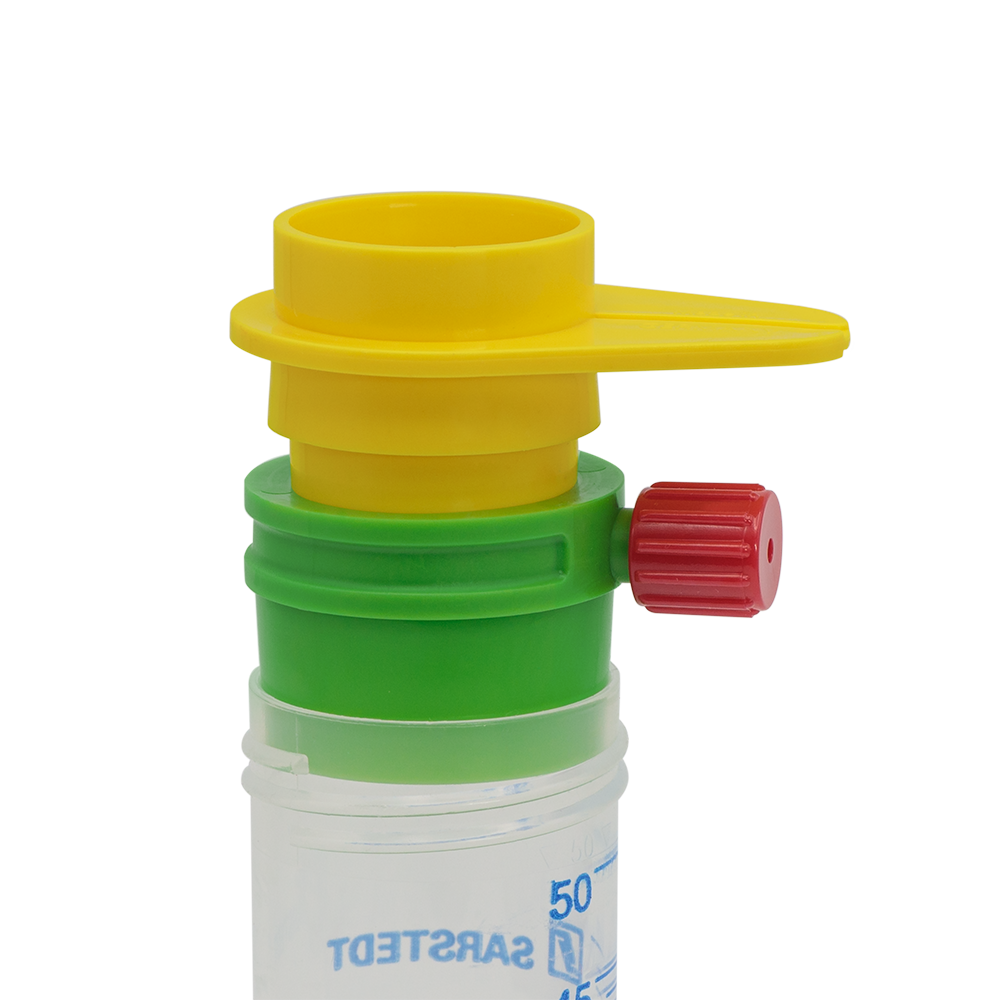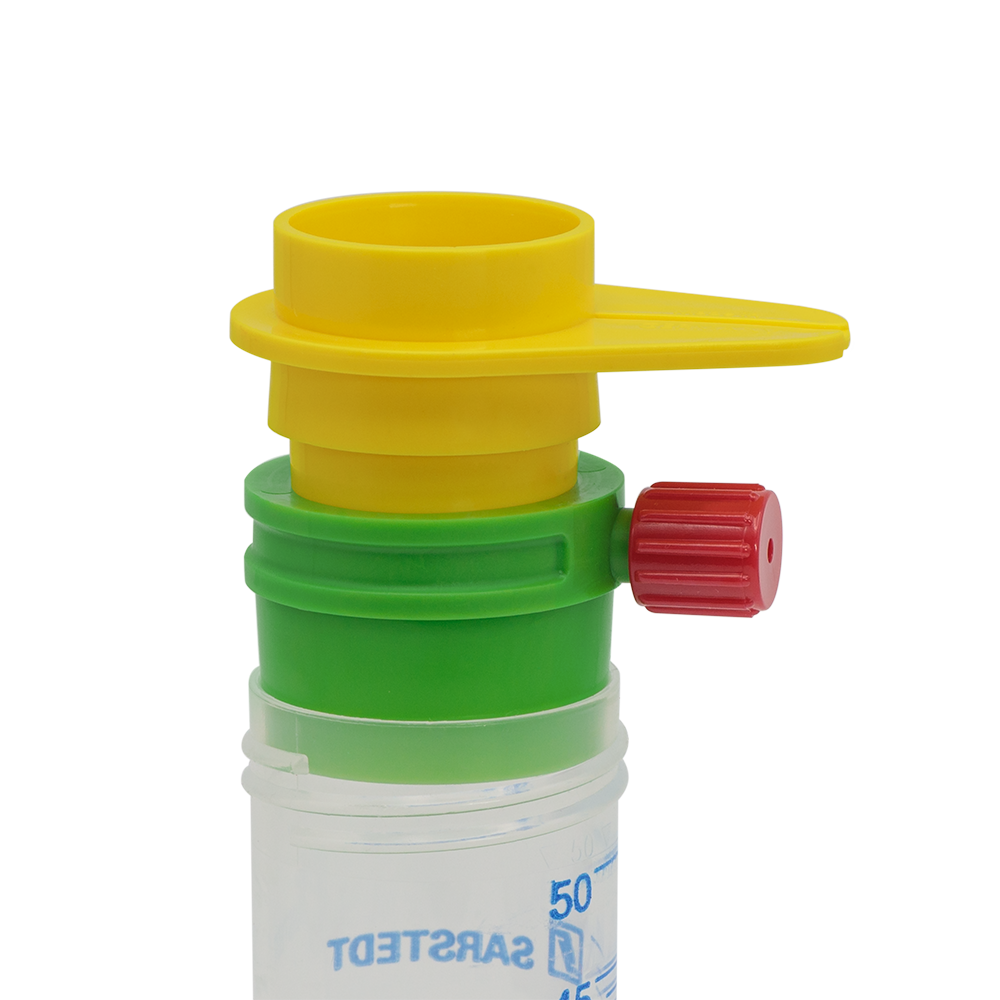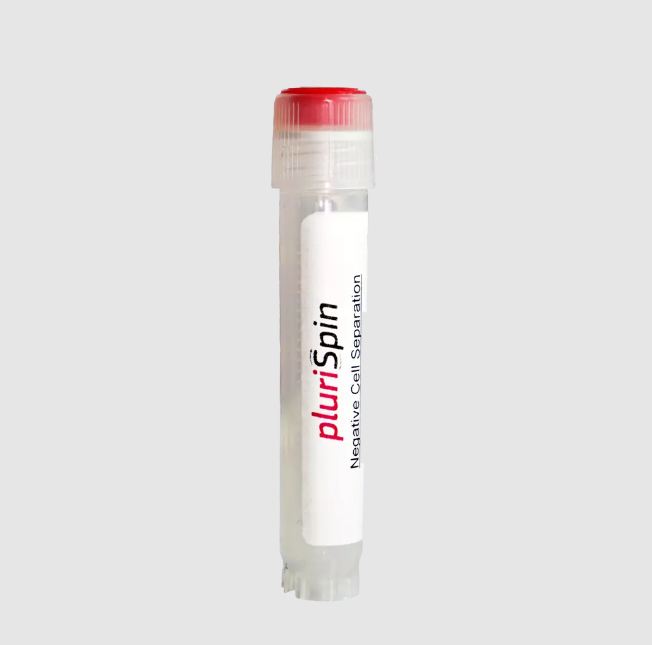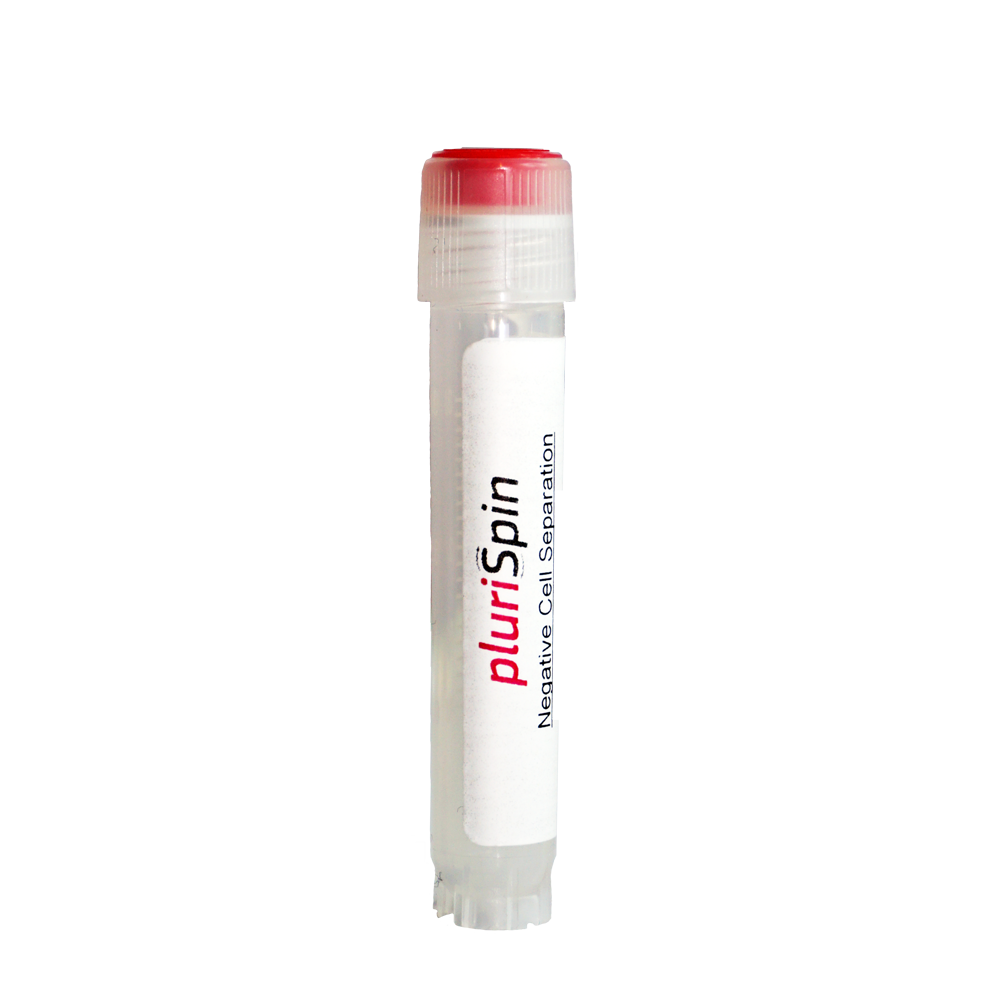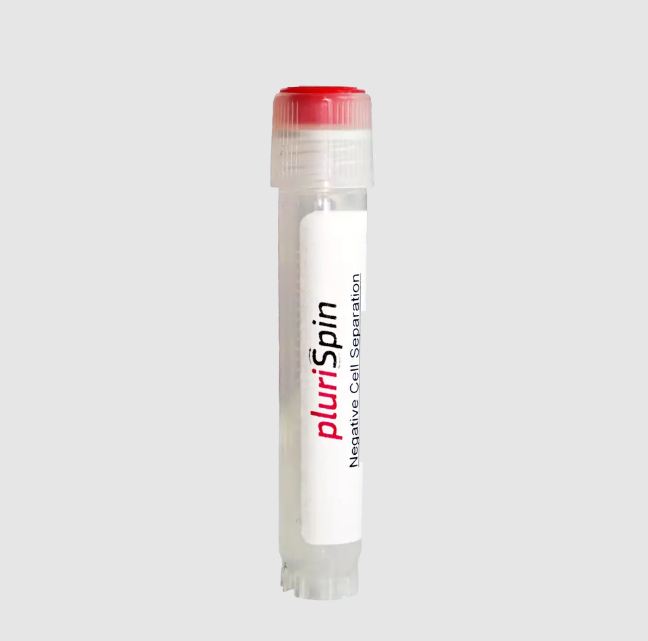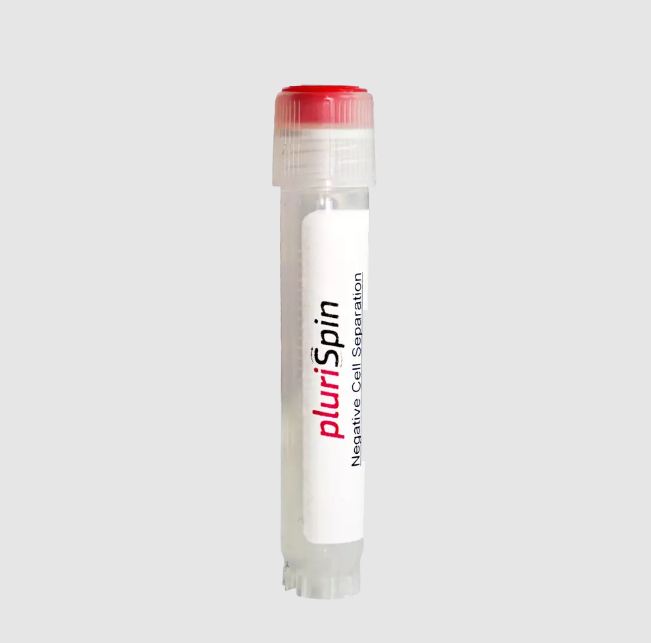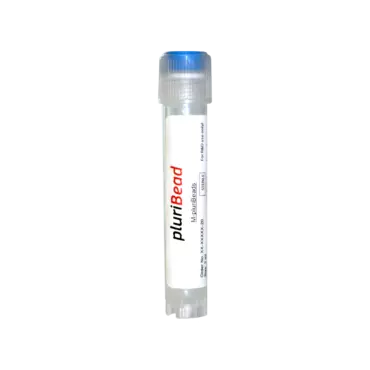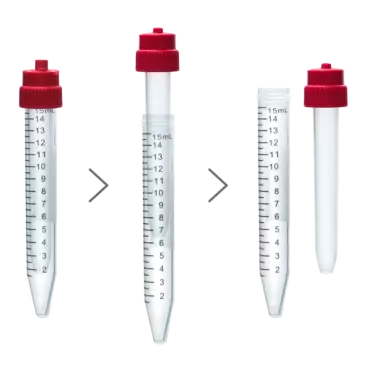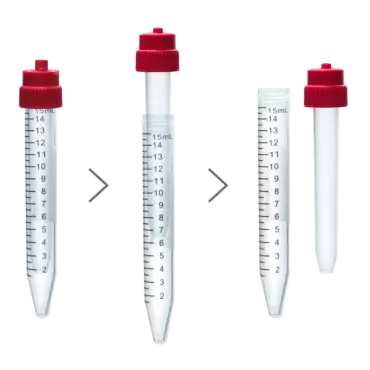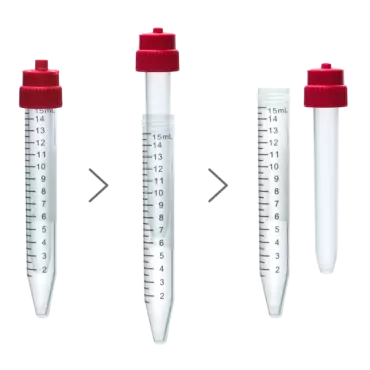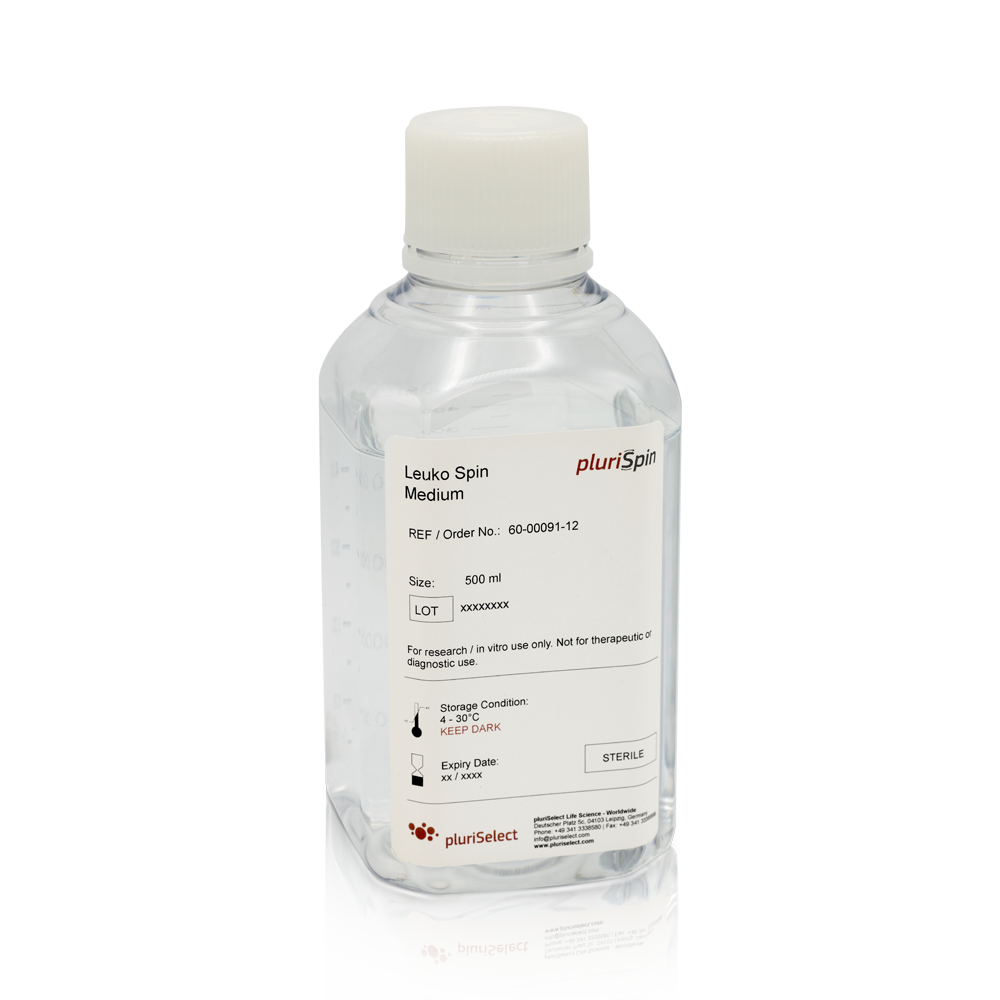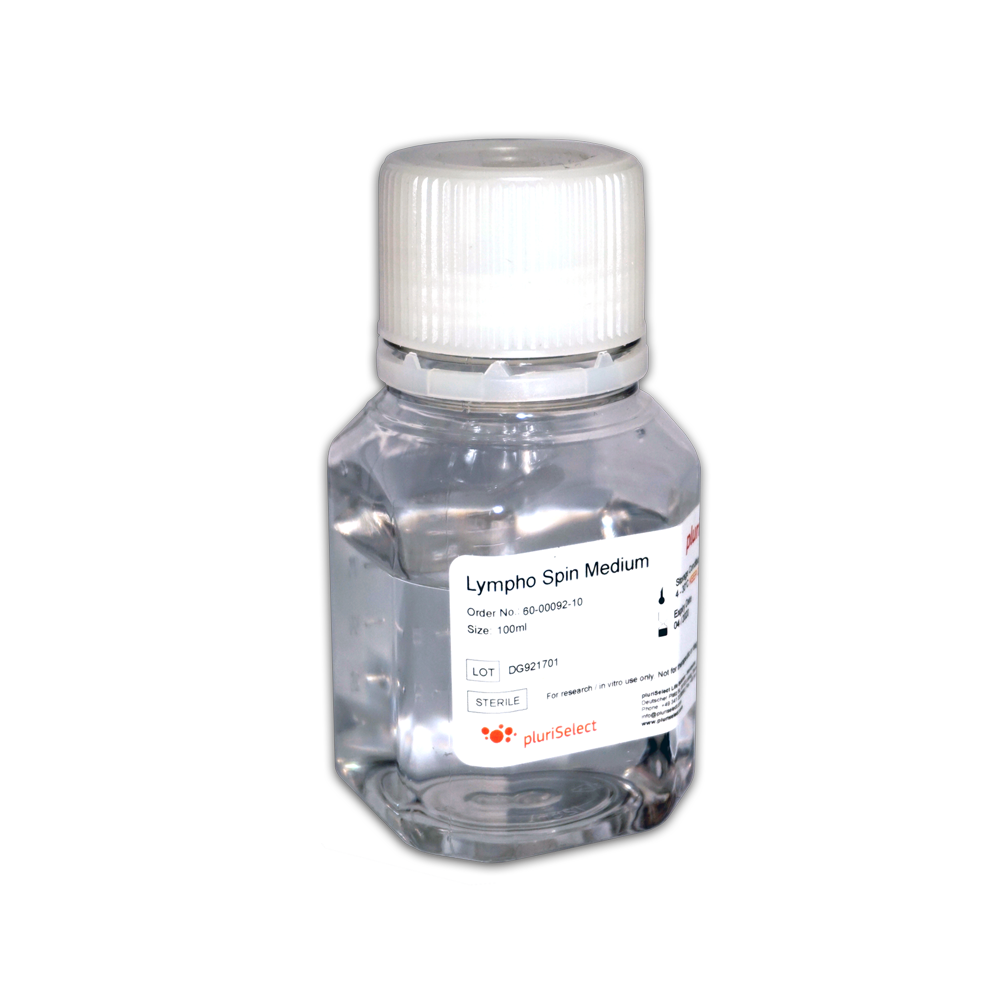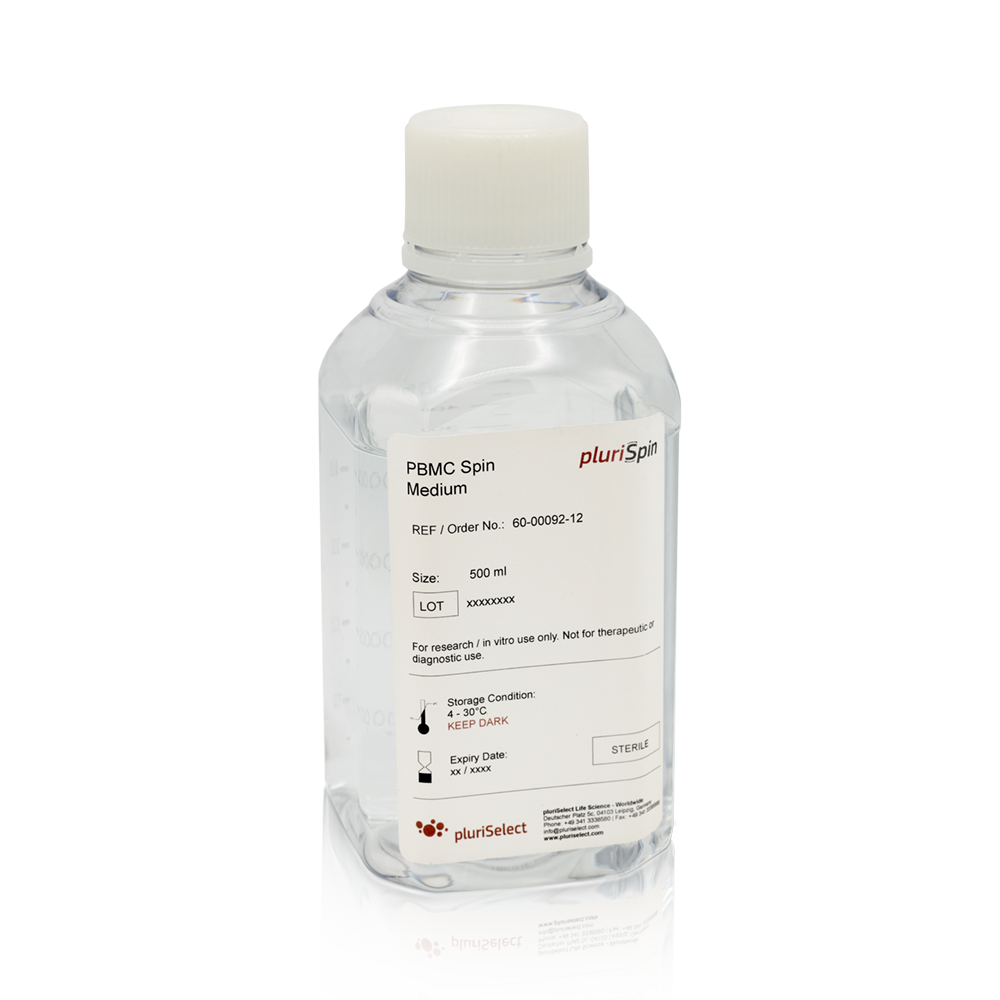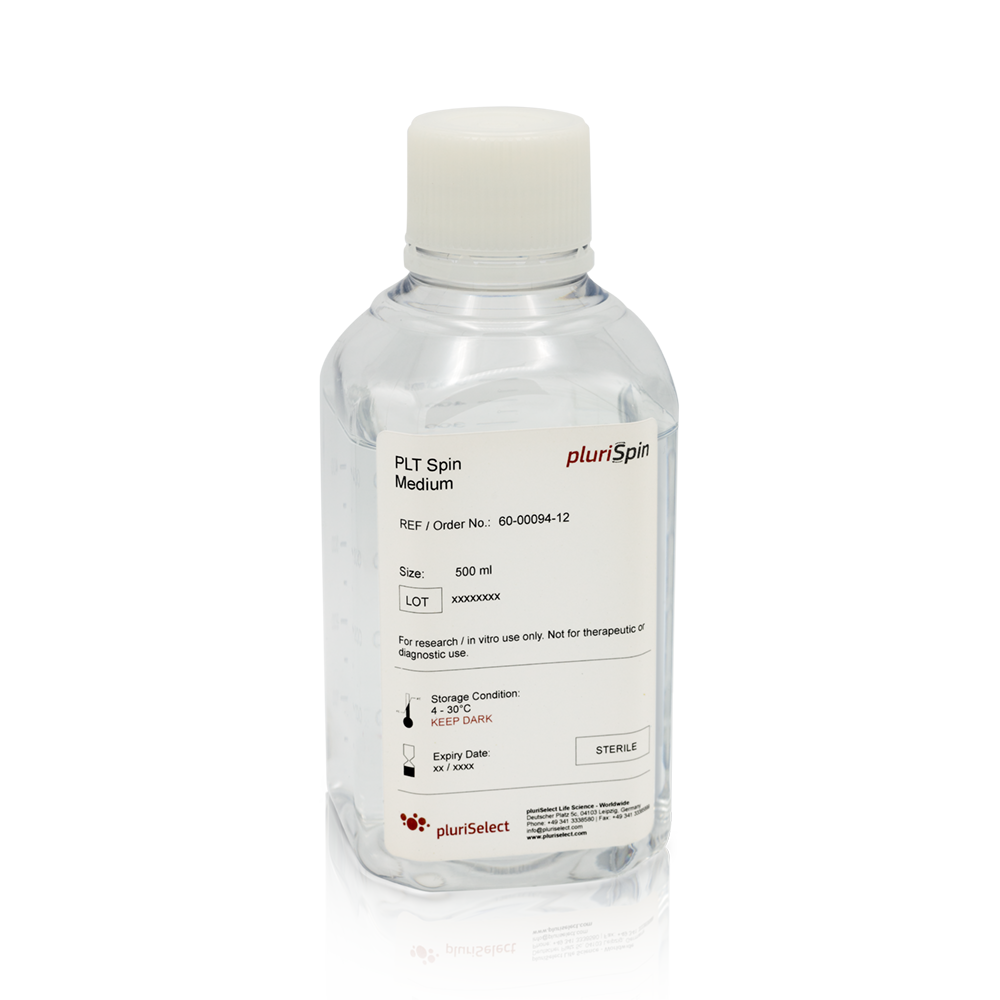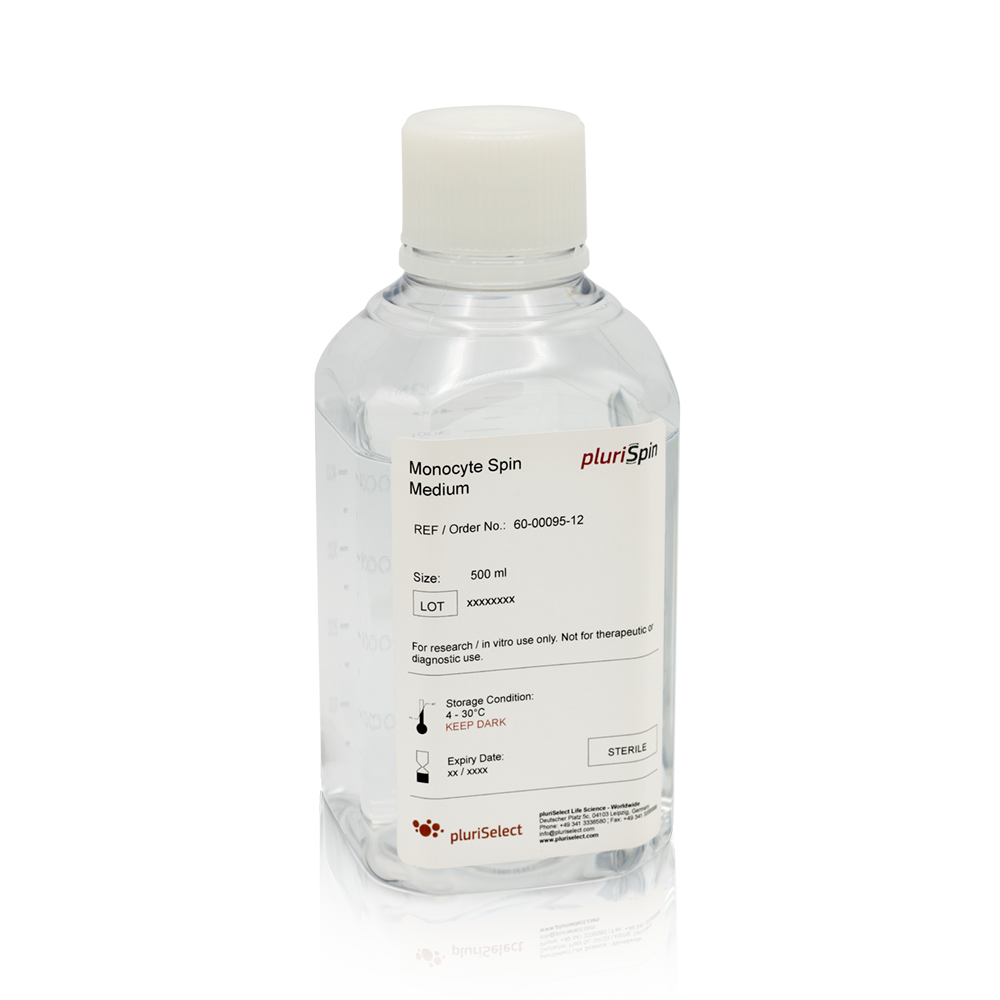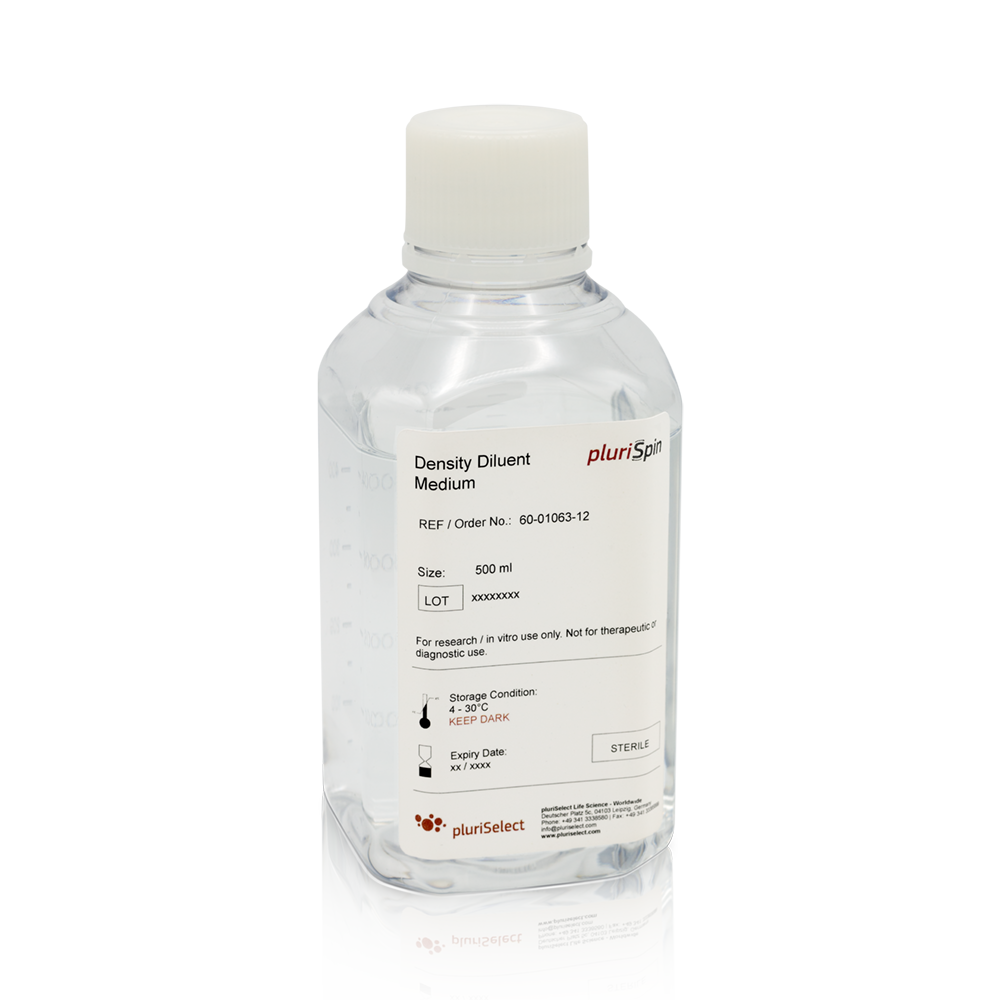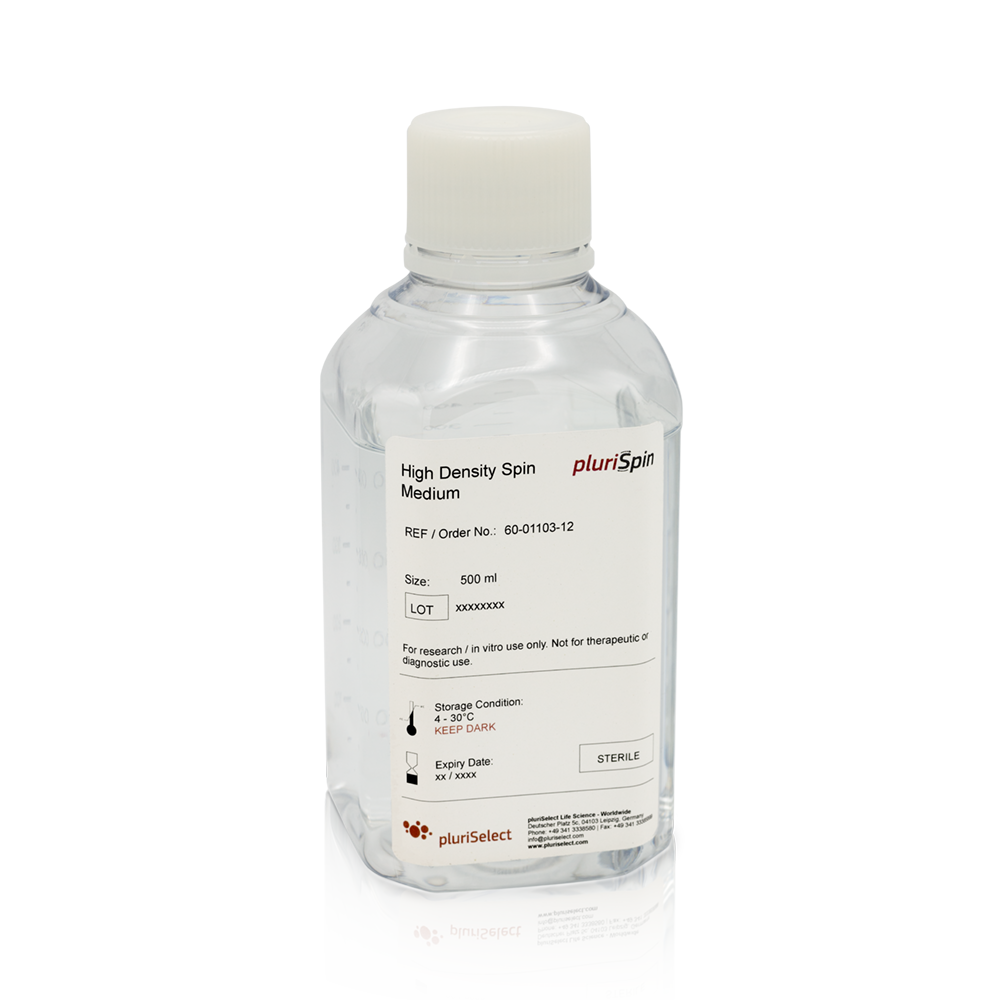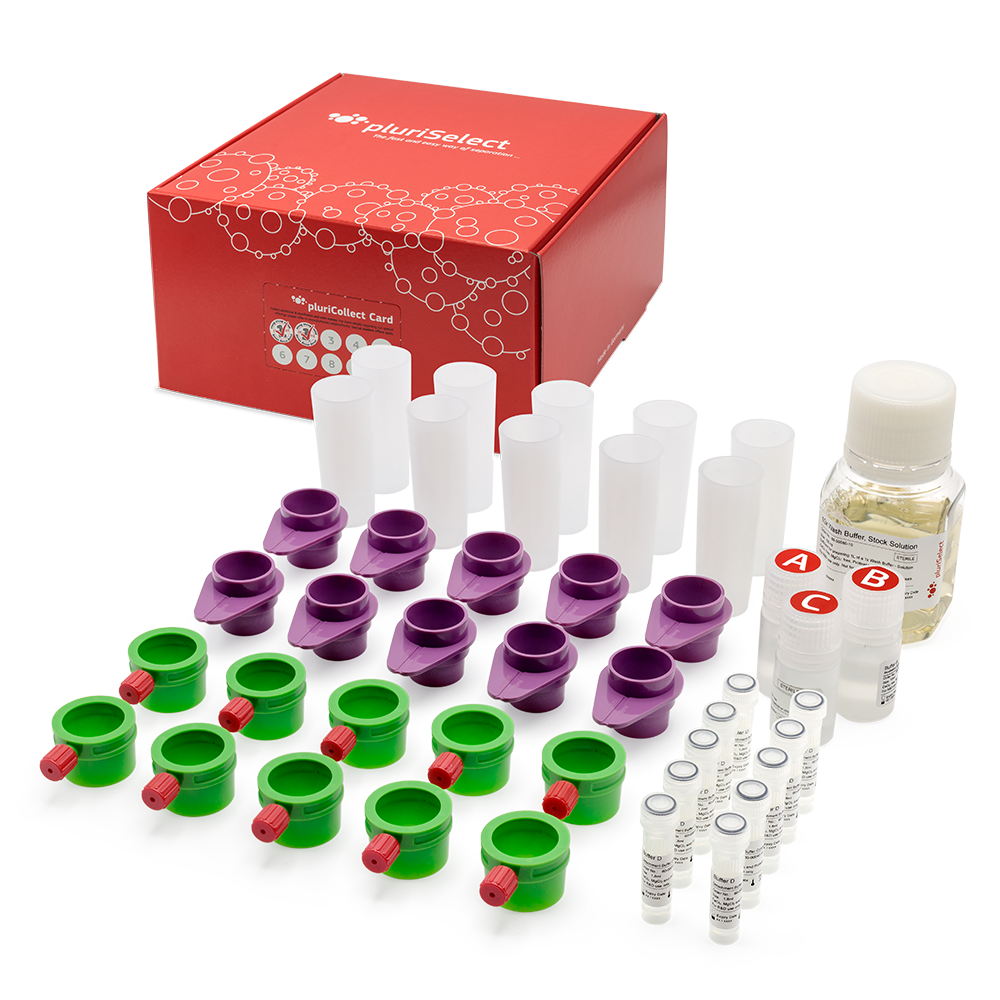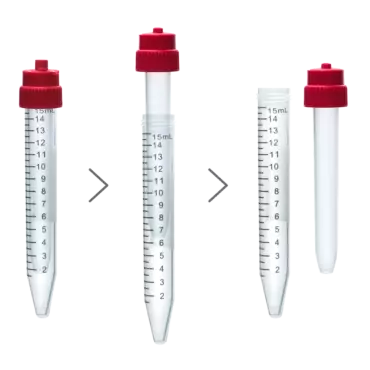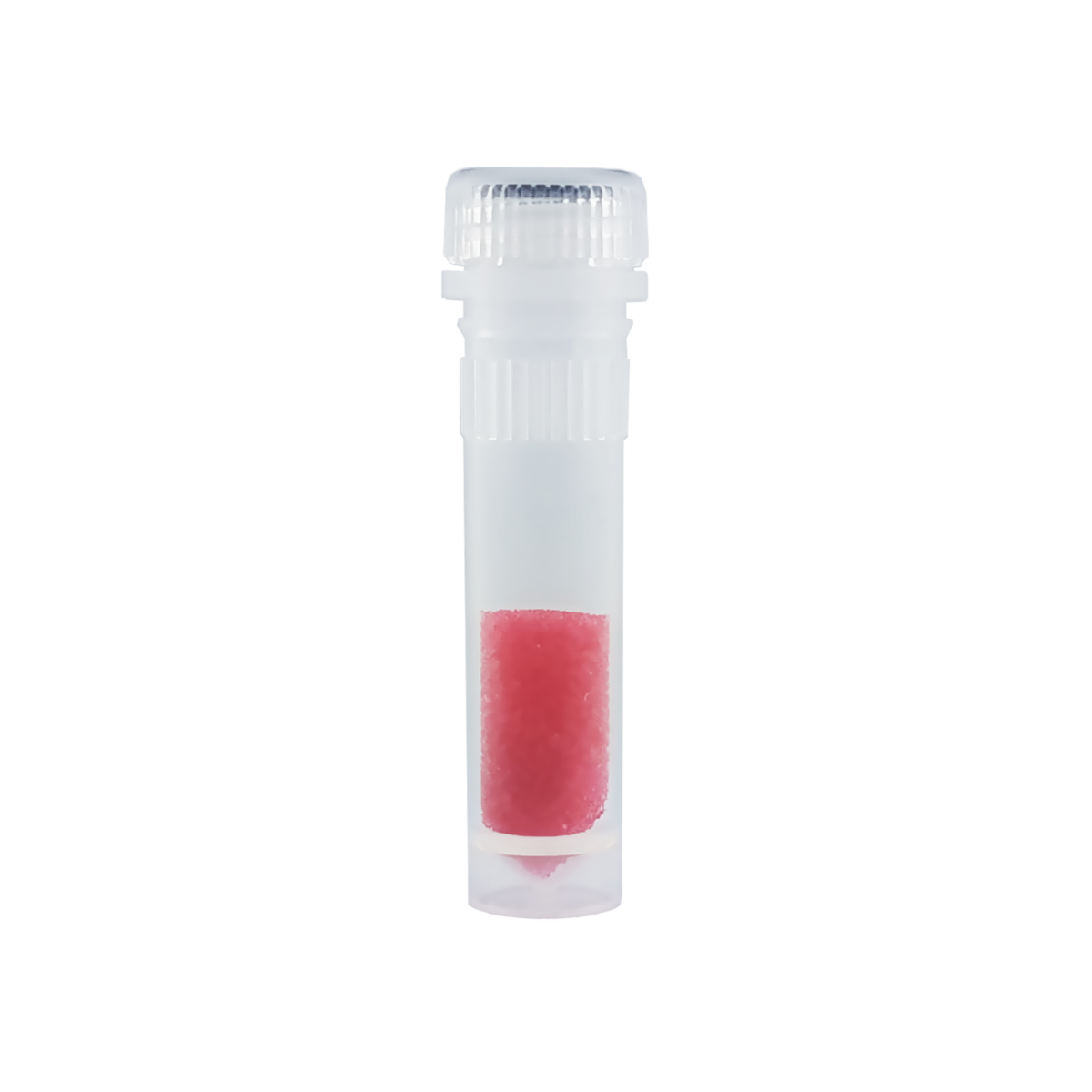
Cell Separation
Every cell is a particle BUT not every particle is a cell – there are differences in the separation tools!
Eukaryotic cells are surrounded by a flexible plasma membrane with specific surface structures (clusters of differentiation – CD’s)
The membrane structure explains the plasticity of the cell shape. In suspension they are spherical but in contact with a surface they change shape like an egg without the hard shell.
The bad News: The mesh-based separation of animal cells in suspension by size will only function by very big size differences (e.g.10 um from 80 um). Mesh openings are not holes in a membrane, they have an remarkable 3D structure due to the waeving process with fibers of a diameter of app. 30 um. Cells with their fluid membrane will change their shape and squeeze through much smaller openings as their ideal diameter.
The good news: The plasma membrane structure provides unique structures for a high specific cell separation, the surface molecules (CDs). All specific cell separation methods using specific anti-CD-monoclonal antibodies. Coupled on a solid support, they can be used for the positive cell separation (pluriBeads) or negative (untouched) cell separation or cell depletion (pluriSpin)
Every cell is a particle BUT not every particle is a cell – there are differences in the separation tools!
Eukaryotic cells are surrounded by a flexible plasma membrane with specific surface structures (clusters of differentiation – CD’s)
The membrane structure explains the plasticity of the cell shape. In suspension they are spherical but in contact with a surface they change shape like an egg without the hard shell.
The bad News: The mesh-based separation of animal cells in suspension by size will only function by very big size differences (e.g.10 um from 80 um). Mesh openings are not holes in a membrane, they have an remarkable 3D structure due to the waeving process with fibers of a diameter of app. 30 um. Cells with their fluid membrane will change their shape and squeeze through much smaller openings as their ideal diameter.
The good news: The plasma membrane structure provides unique structures for a high specific cell separation, the surface molecules (CDs). All specific cell separation methods using specific anti-CD-monoclonal antibodies. Coupled on a solid support, they can be used for the positive cell separation (pluriBeads) or negative (untouched) cell separation or cell depletion (pluriSpin)
Products
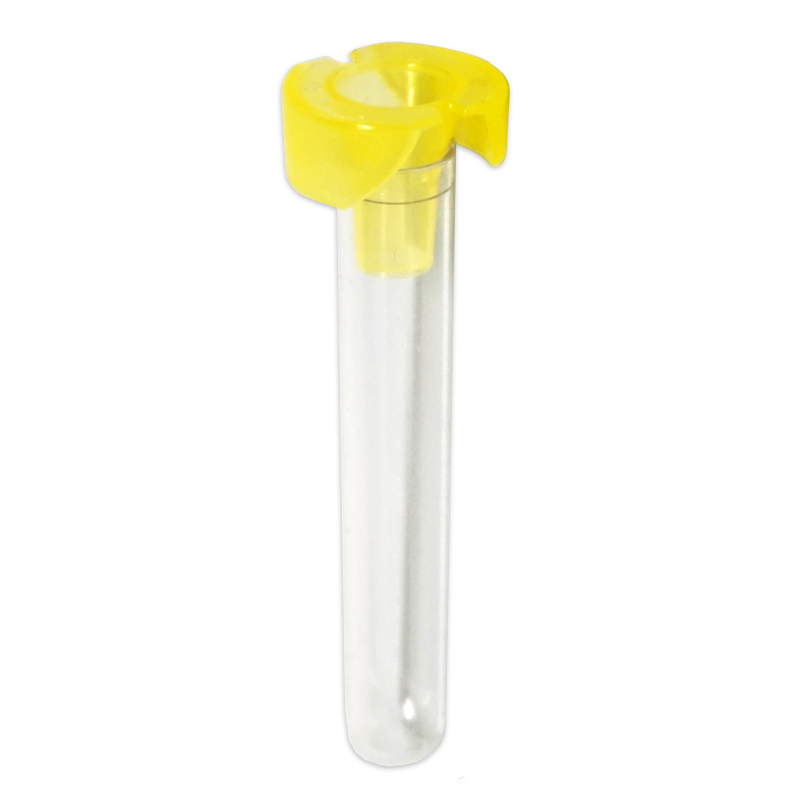
Bundle Ministrainer 5 µm mesh and Flow Cytometry Tubes, sterile
Price: Price range: $79.00 through $1,600.00
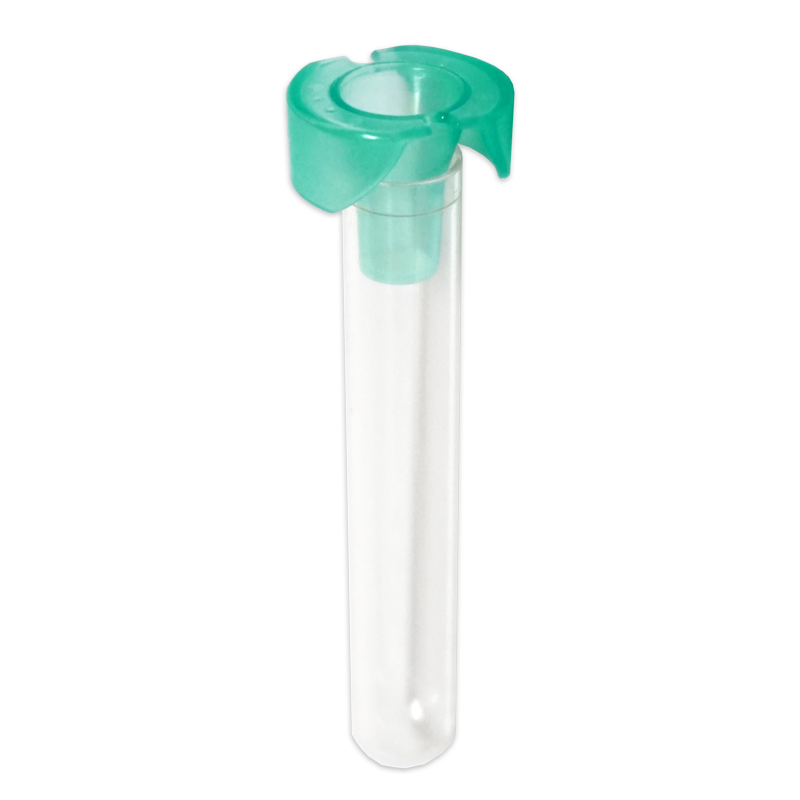
Bundle Ministrainer 10 µm mesh and Flow Cytometry Tubes, sterile
Price: Price range: $79.00 through $1,600.00
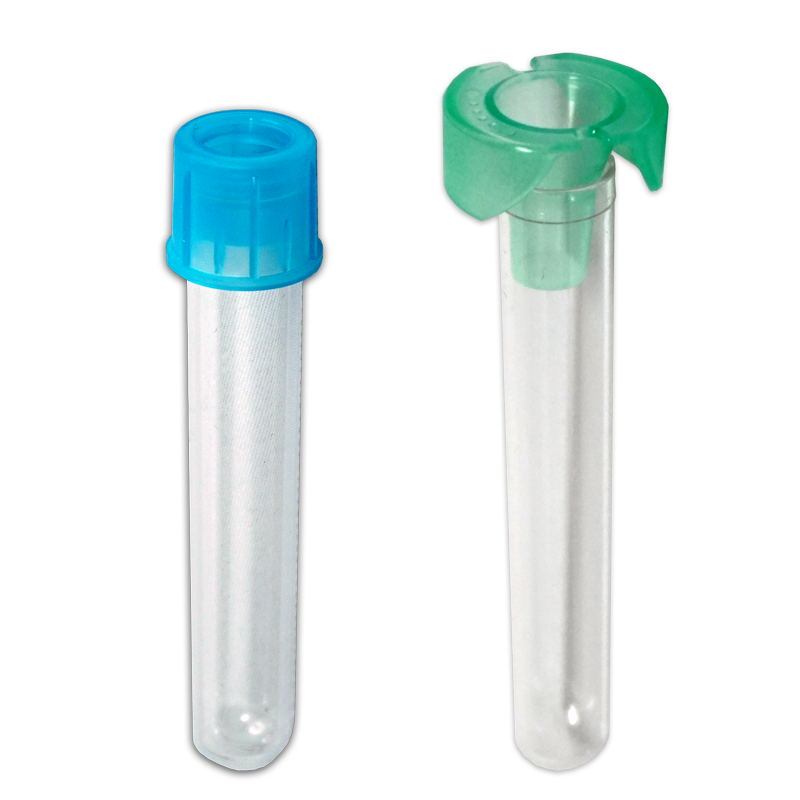
Bundle Ministrainer 20 µm mesh and Flow Cytometry Tubes, sterile
Price: Price range: $79.00 through $1,600.00
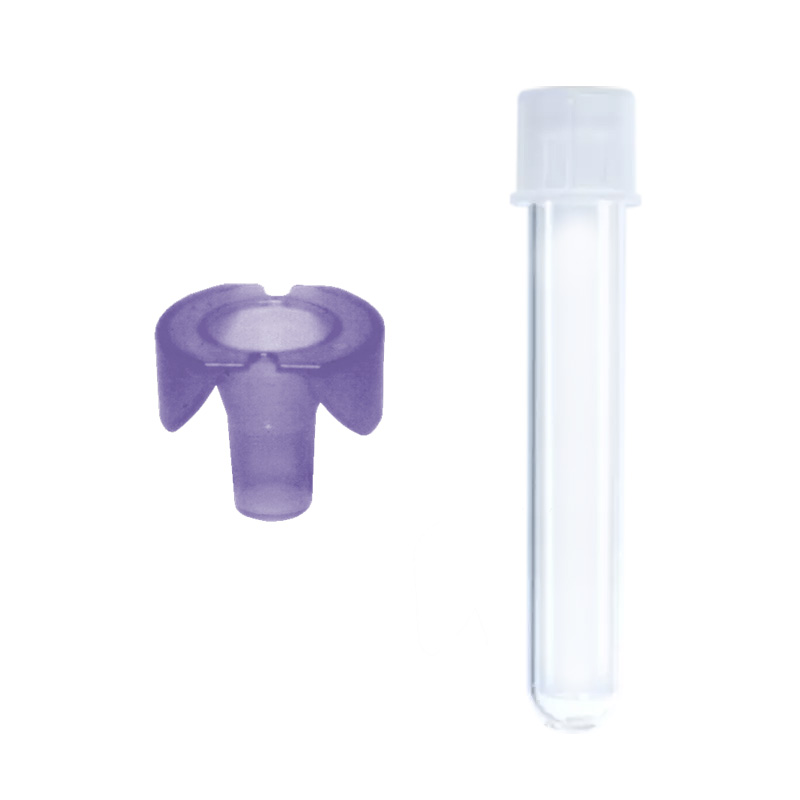
Bundle Ministrainer 30 µm mesh and Flow Cytometry Tubes, sterile
Price: Price range: $79.00 through $1,600.00
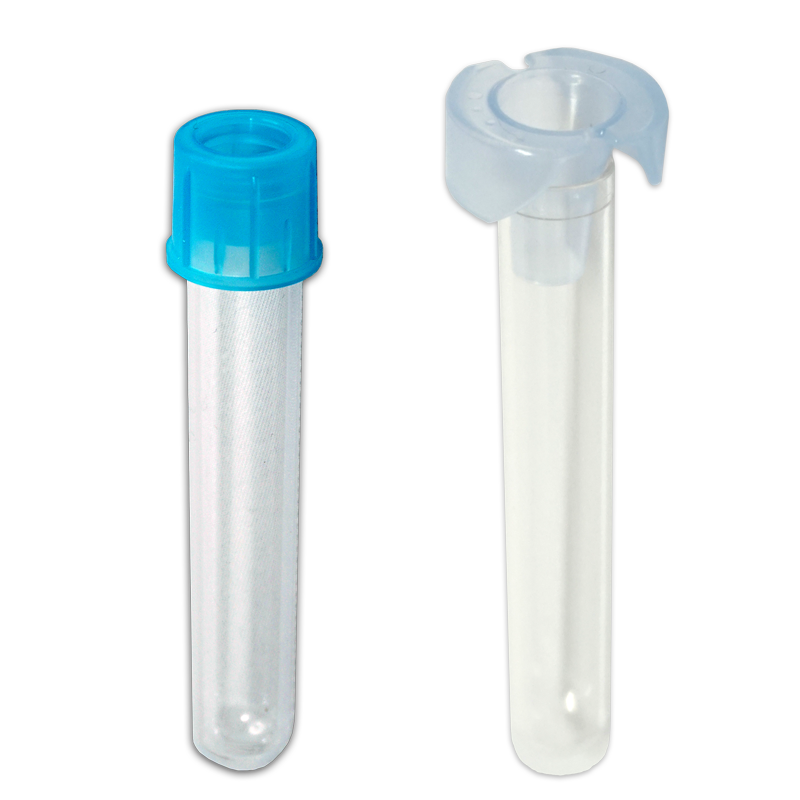
Bundle Ministrainer 40 µm mesh and Flow Cytometry Tubes, sterile
Price: Price range: $79.00 through $1,600.00
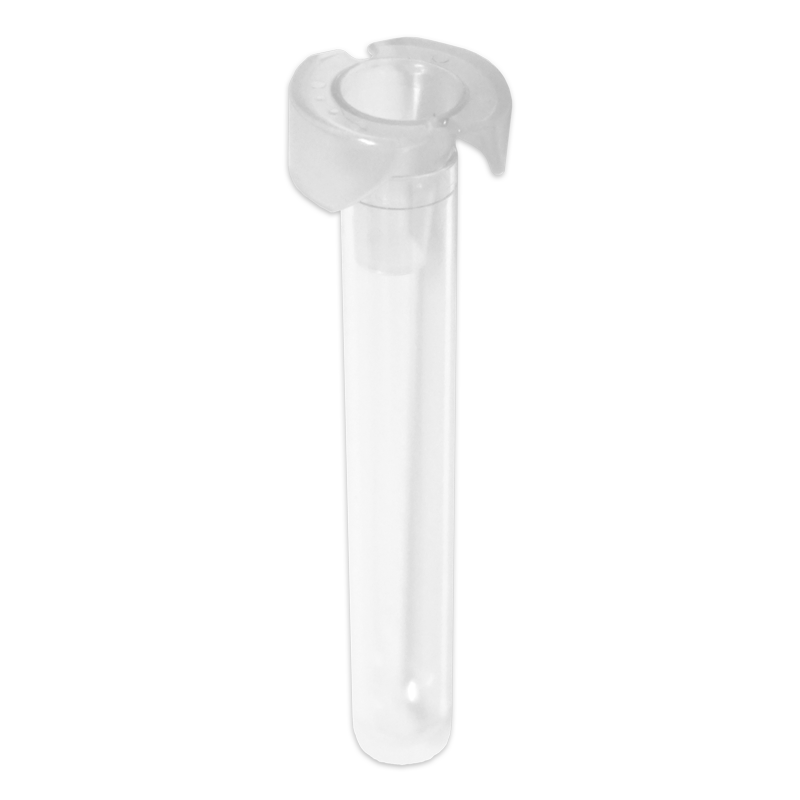
Bundle Ministrainer 70 µm mesh and Flow Cytometry Tubes, sterile
Price: Price range: $79.00 through $1,600.00
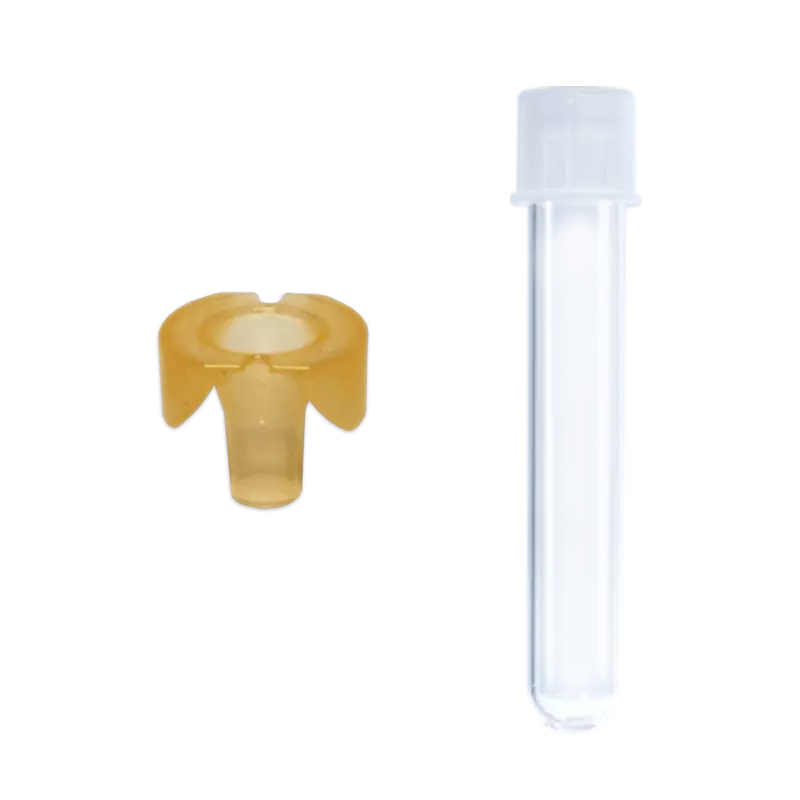
Bundle Ministrainer 100 µm mesh and Flow Cytometry Tubes, sterile
Price: Price range: $79.00 through $1,600.00
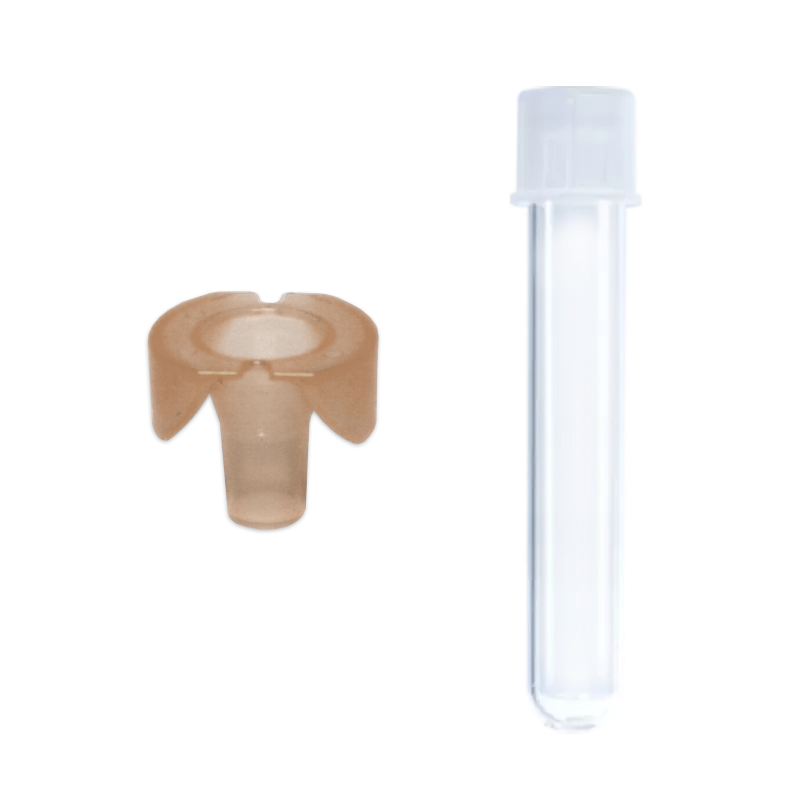
Bundle Ministrainer 200 µm mesh and Flow Cytometry Tubes, sterile
Price: Price range: $79.00 through $1,600.00
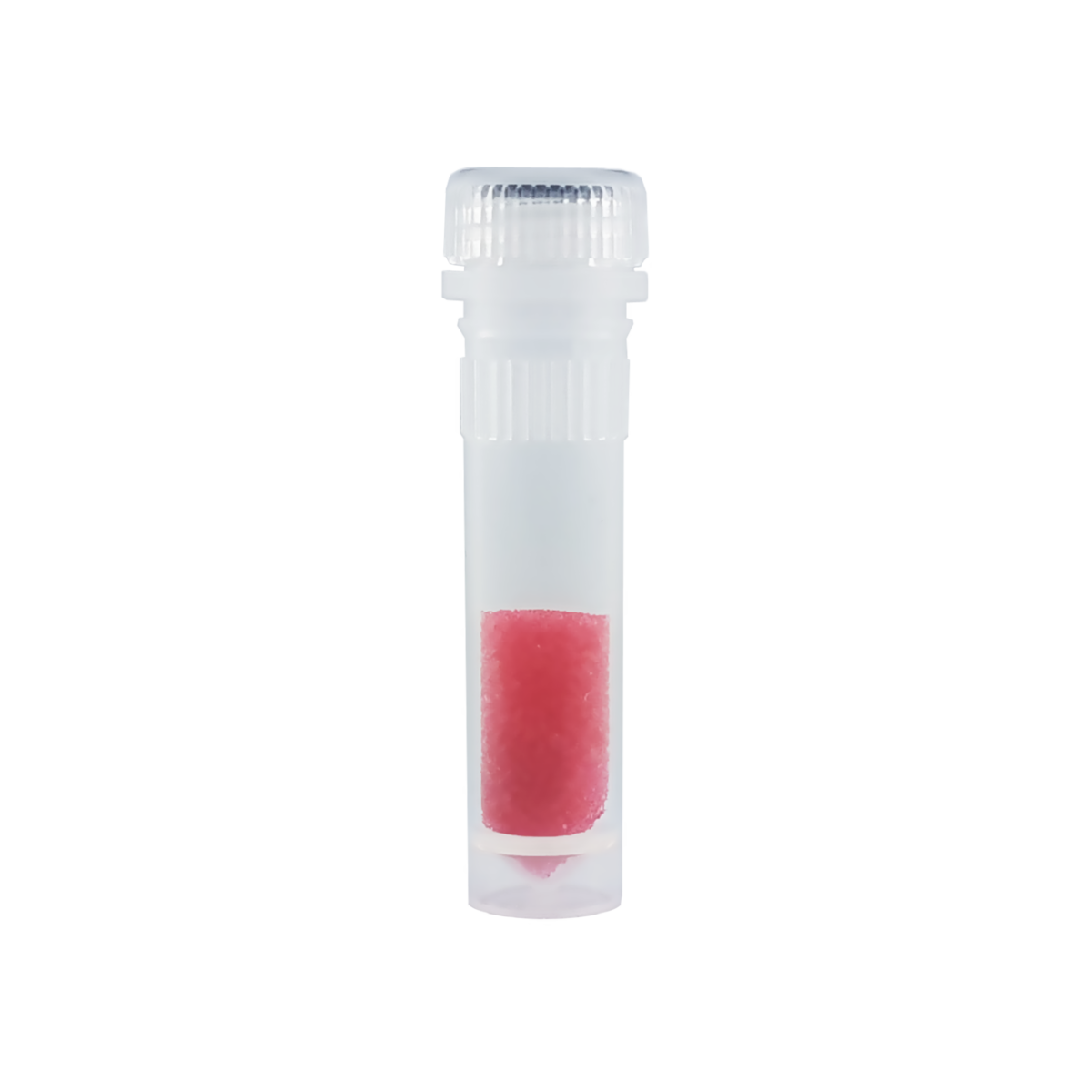
Plurimate 2 ml, sterile, prefilled PBMC 24+ Spin (1.072 g/ml)
Price: Price range: $120.00 through $900.00

Plurimate 2 ml, sterile, prefilled PBMC Spin (1.077 g/ml)
Price: Price range: $120.00 through $900.00

Plurimate 2 ml, sterile, prefilled Leuko Spin (1.092 g/ml)
Price: Price range: $120.00 through $900.00

Plurimate 15 ml, sterile, prefilled PBMC 24+ Spin (1.072 g/ml)
Price: Price range: $180.00 through $1,400.00

Plurimate 15 ml, sterile, prefilled PBMC Spin (1.077 g/ml)
Price: Price range: $180.00 through $1,400.00

Plurimate 15 ml, sterile, prefilled Leuko Spin (1.092 g/ml)
Price: Price range: $180.00 through $1,400.00
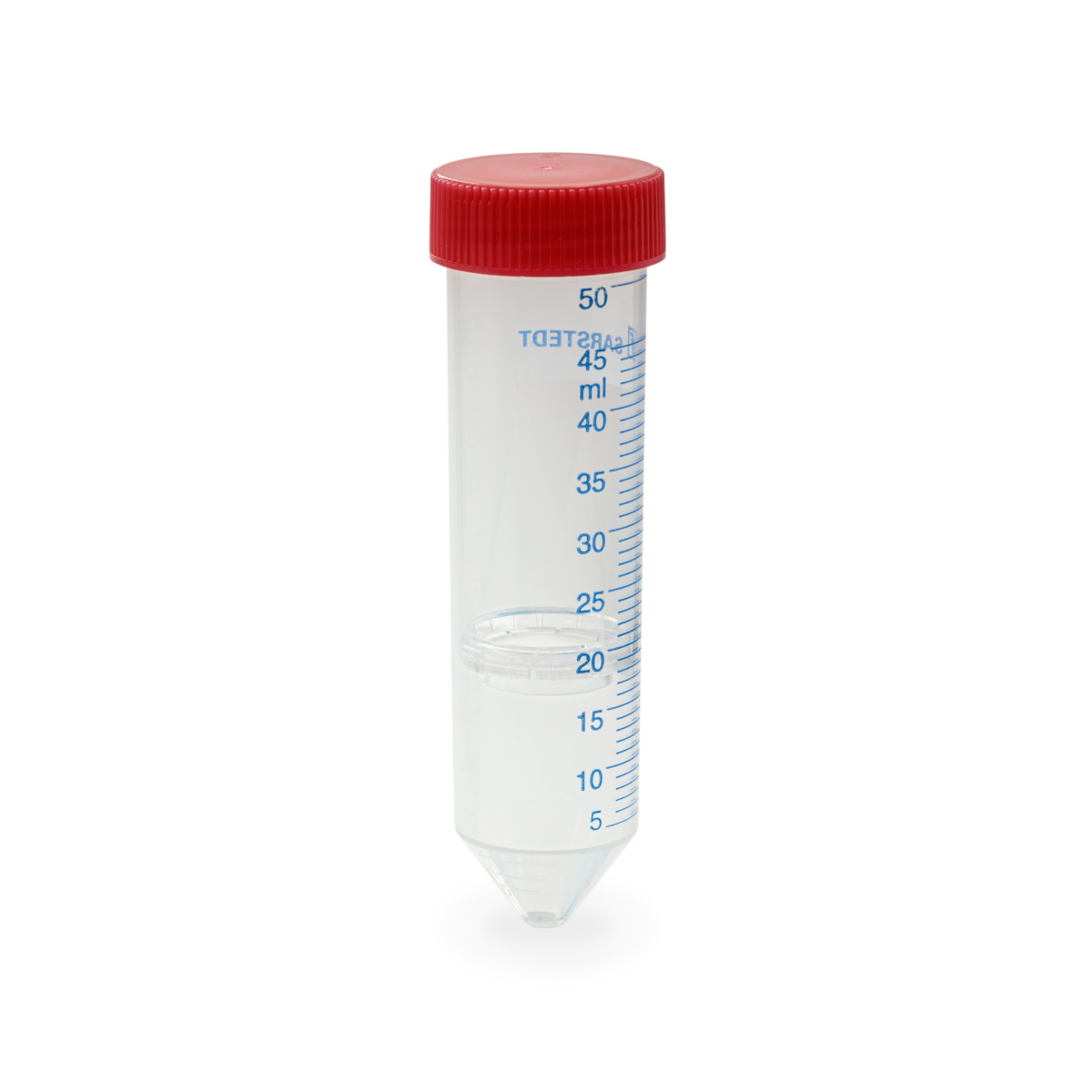
Plurimate 50 ml , sterile, prefilled PBMC 24+ Spin (1.072 g/ml)
Price: Price range: $280.00 through $2,100.00

Plurimate 50 ml , sterile, prefilled PBMC Spin (1.077 g/ml)
Price: Price range: $280.00 through $2,100.00

Plurimate 50 ml , sterile, prefilled Leuko Spin (1.092 g/ml)
Price: Price range: $280.00 through $2,100.00
 English
English French
French
 German
German
 Spanish
Spanish
 Belgium
Belgium
 Italian
Italian Brazil
Brazil Chinese Mandarin
Chinese Mandarin

